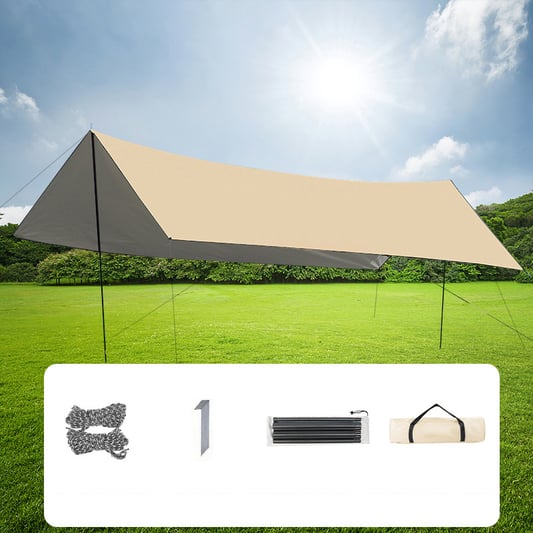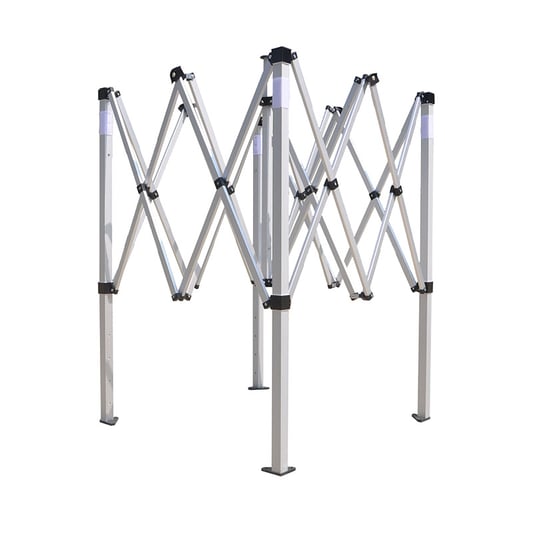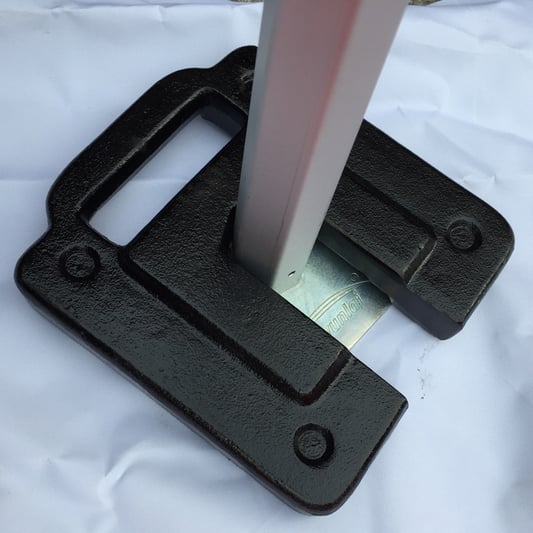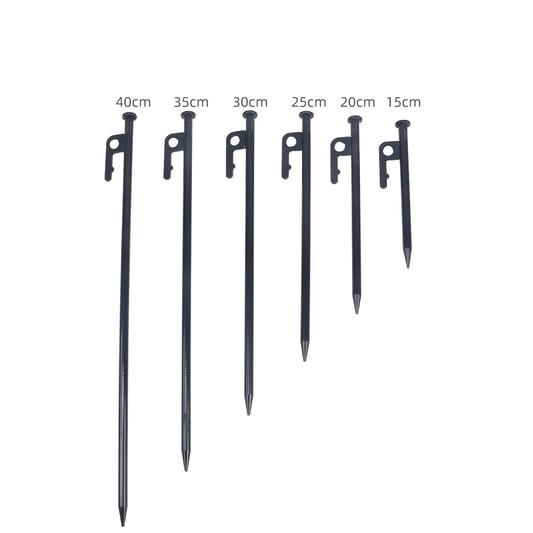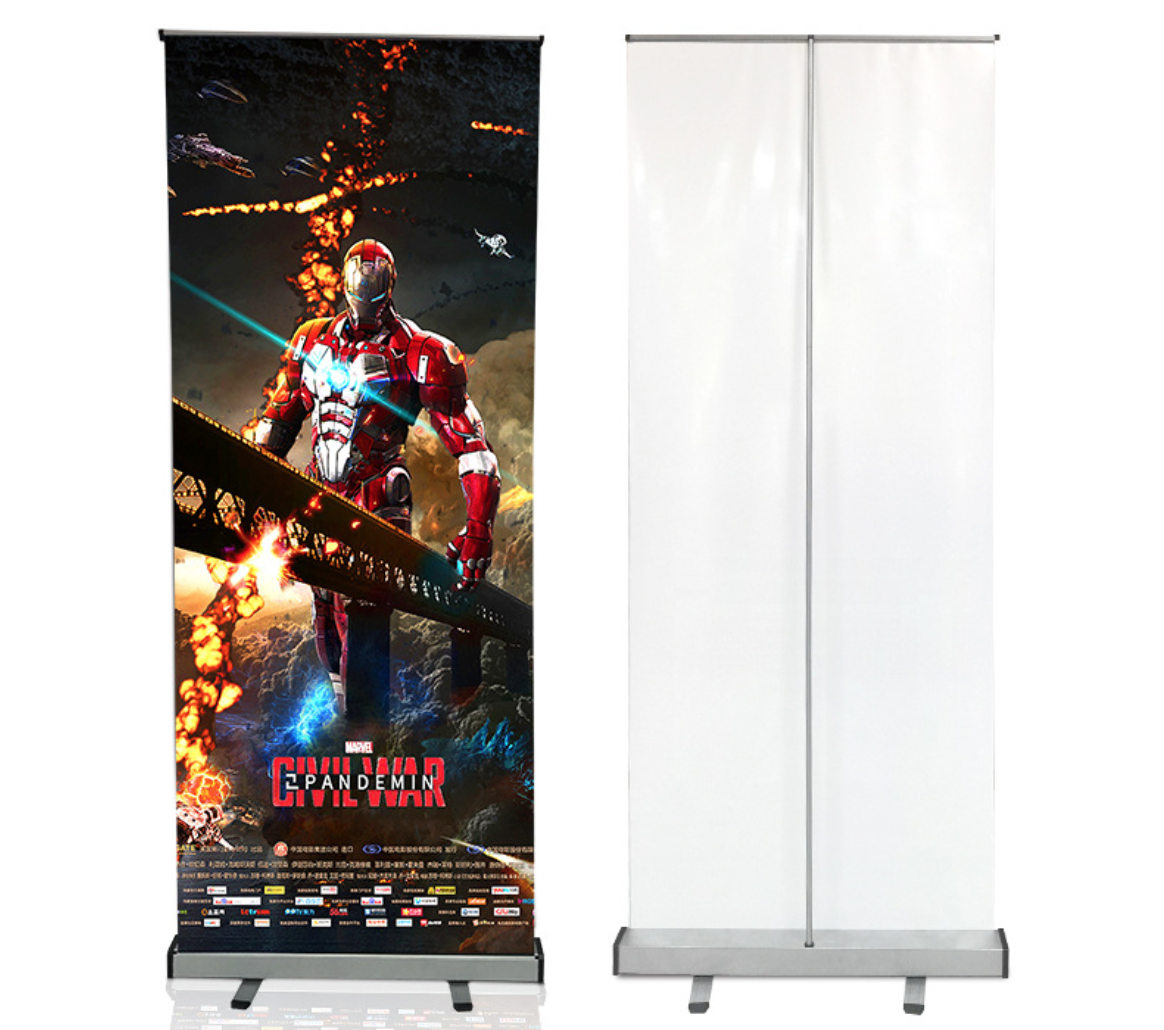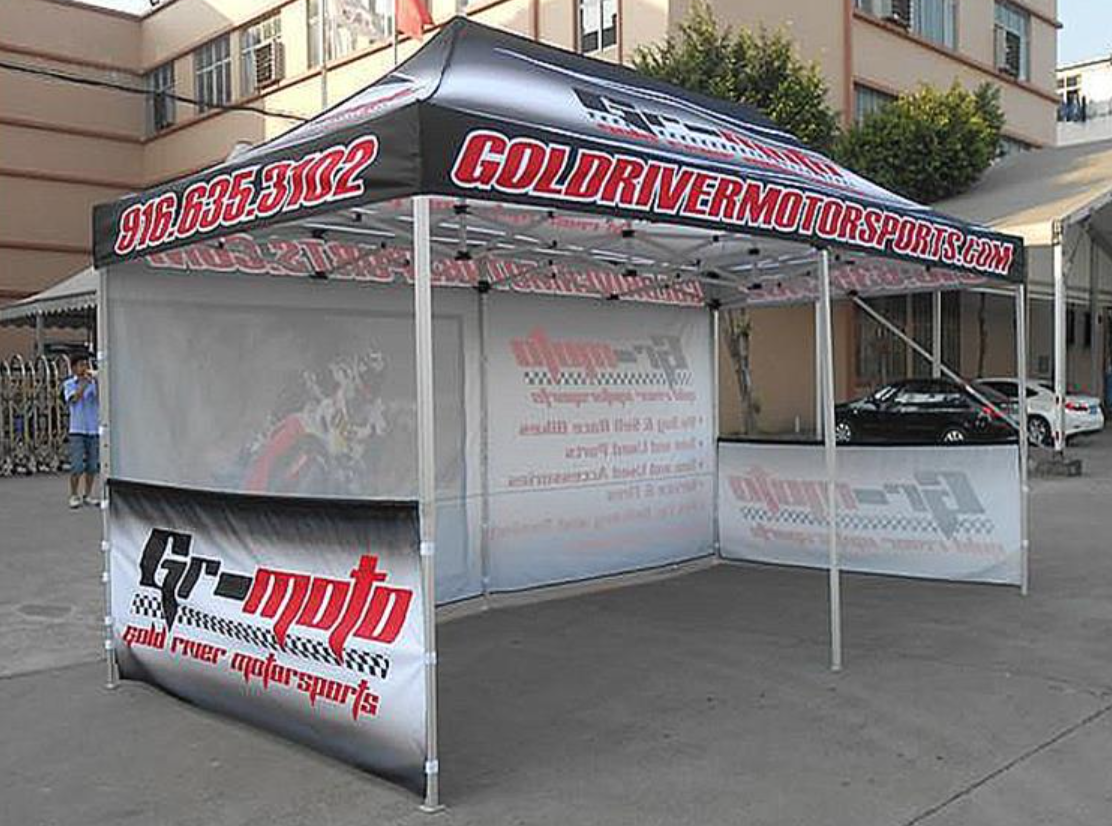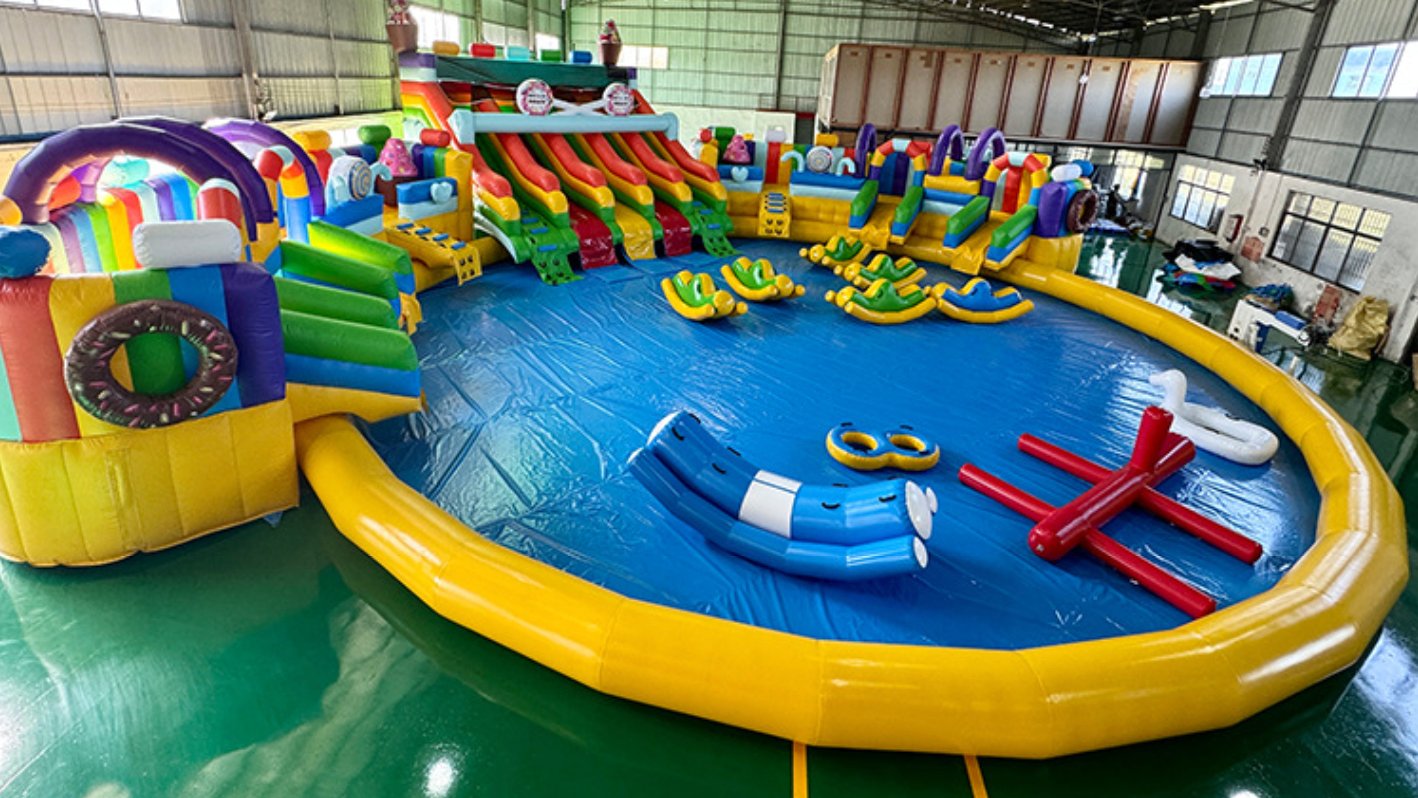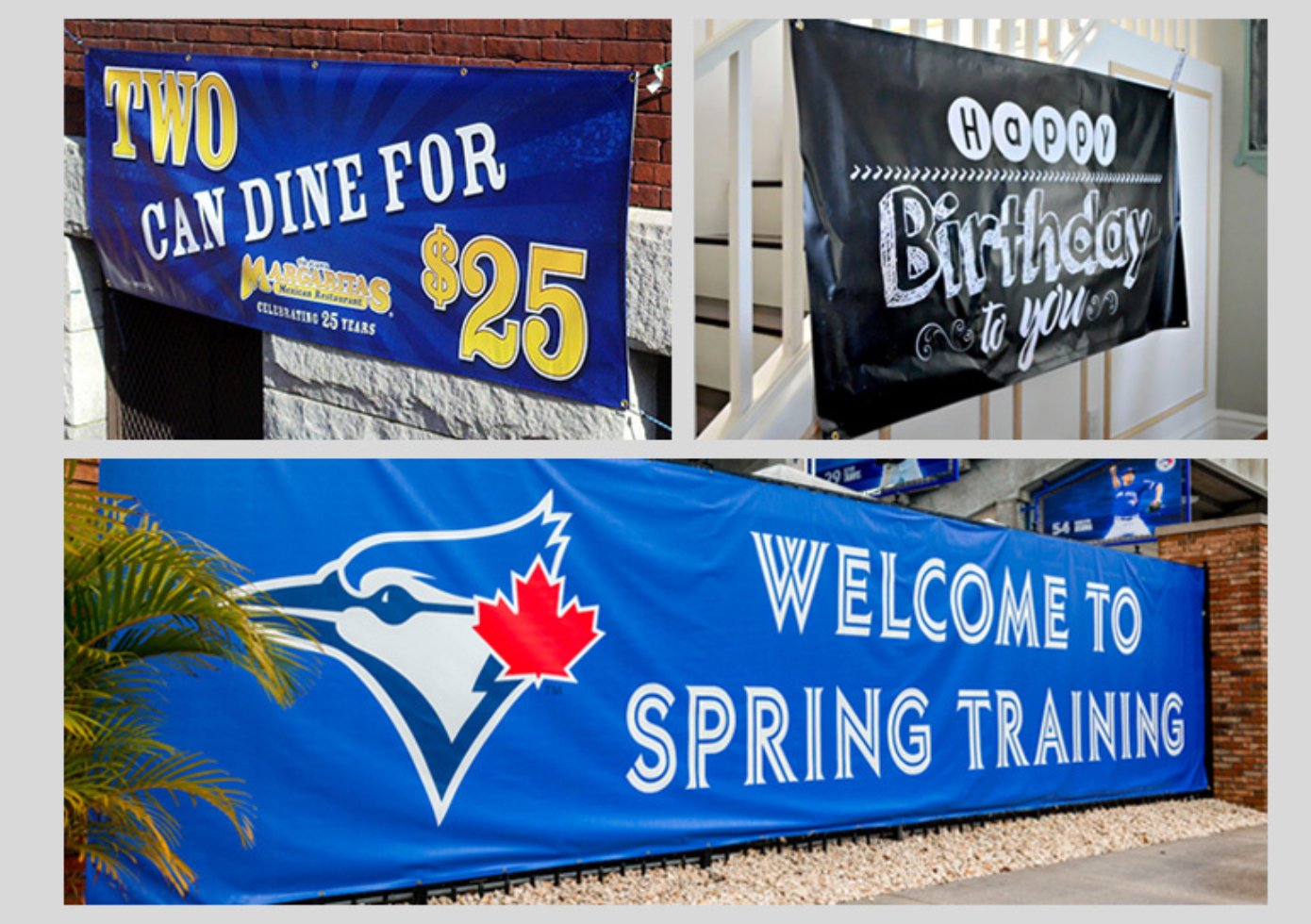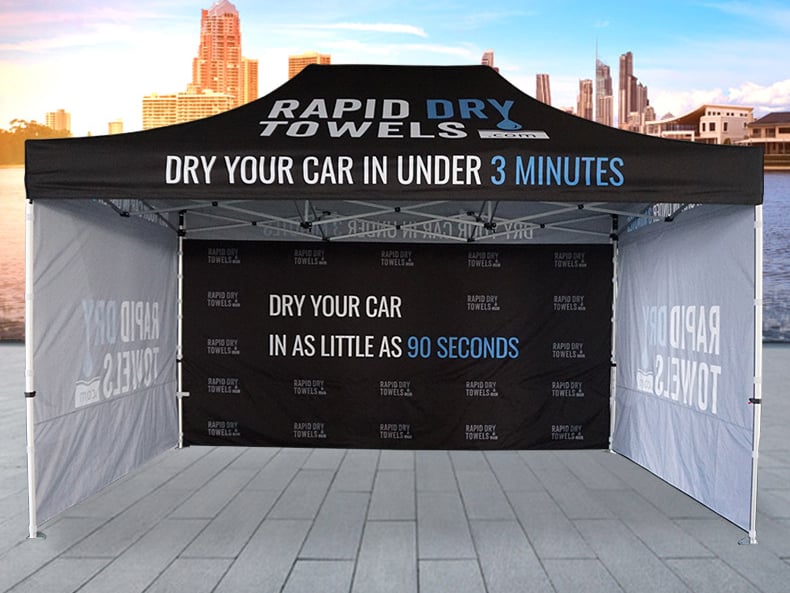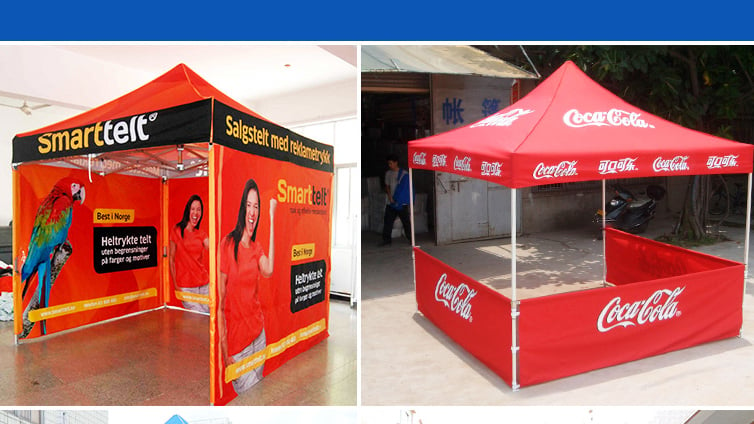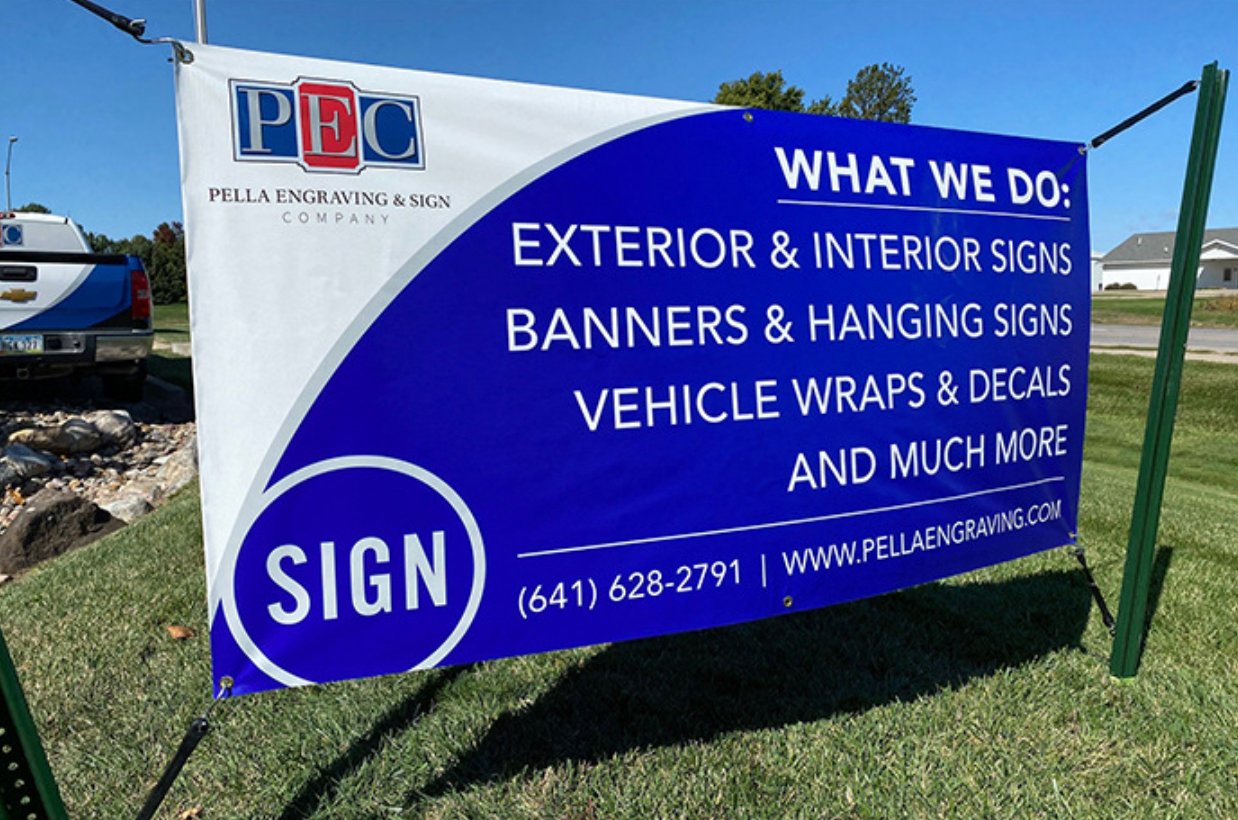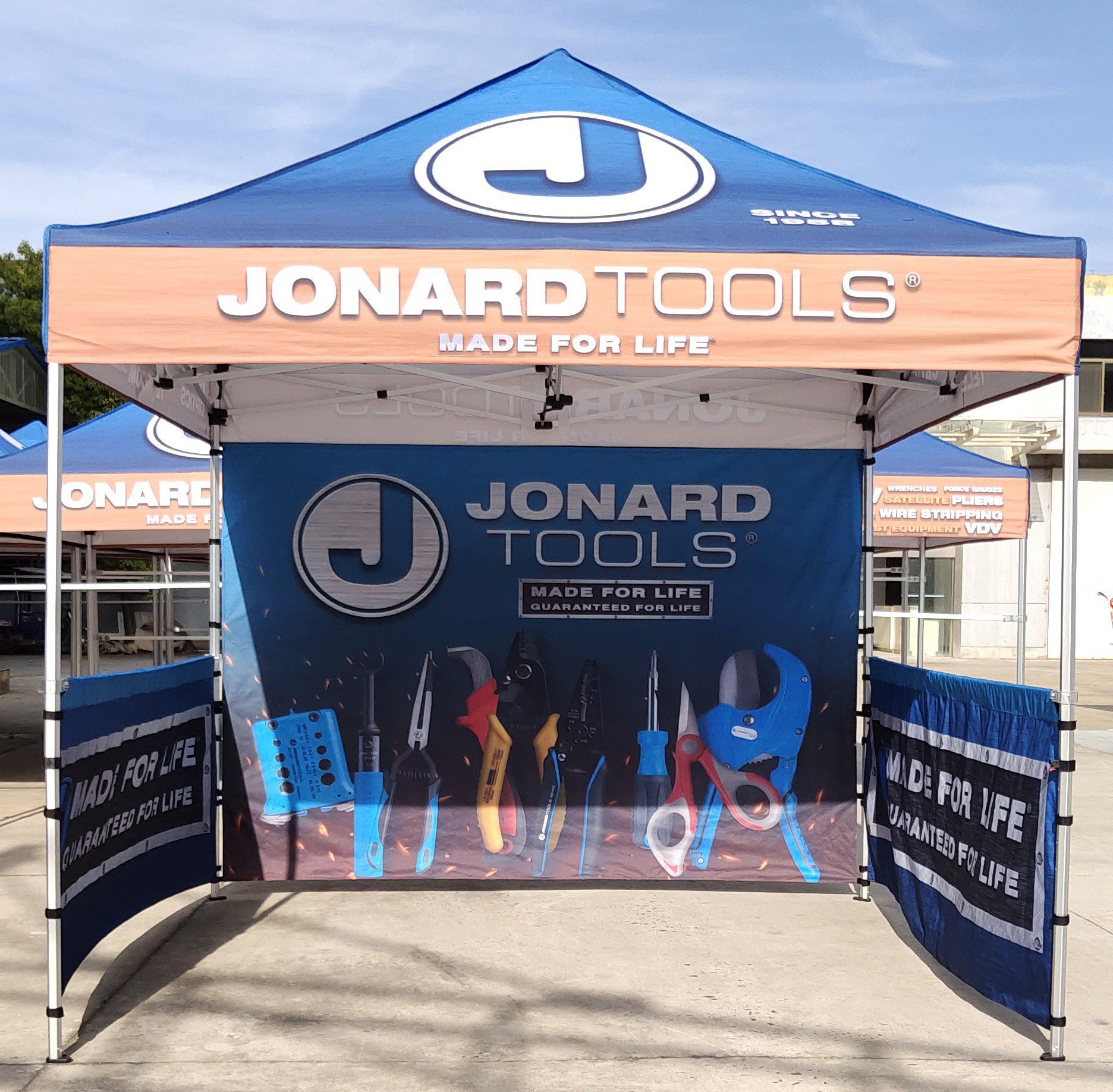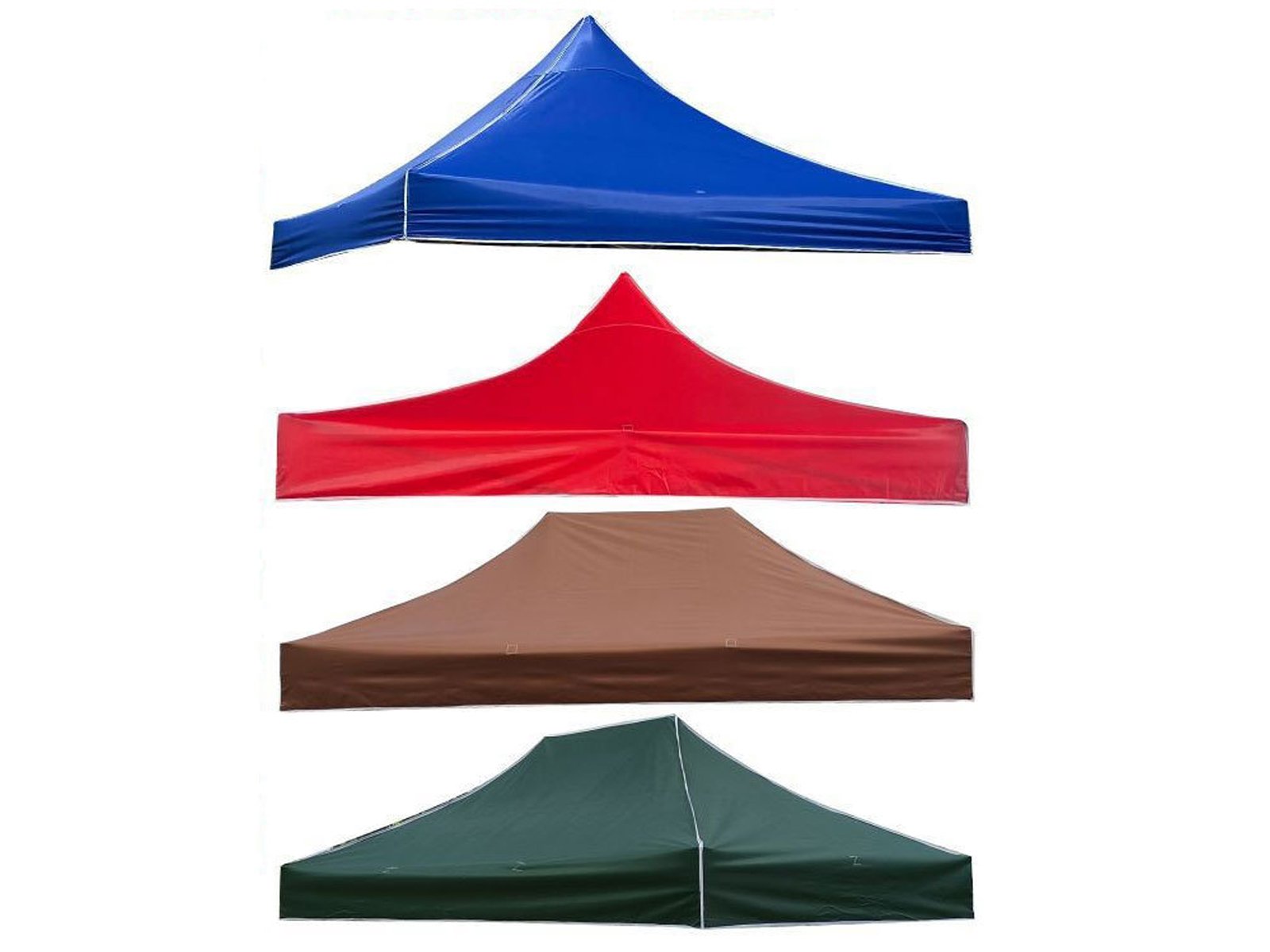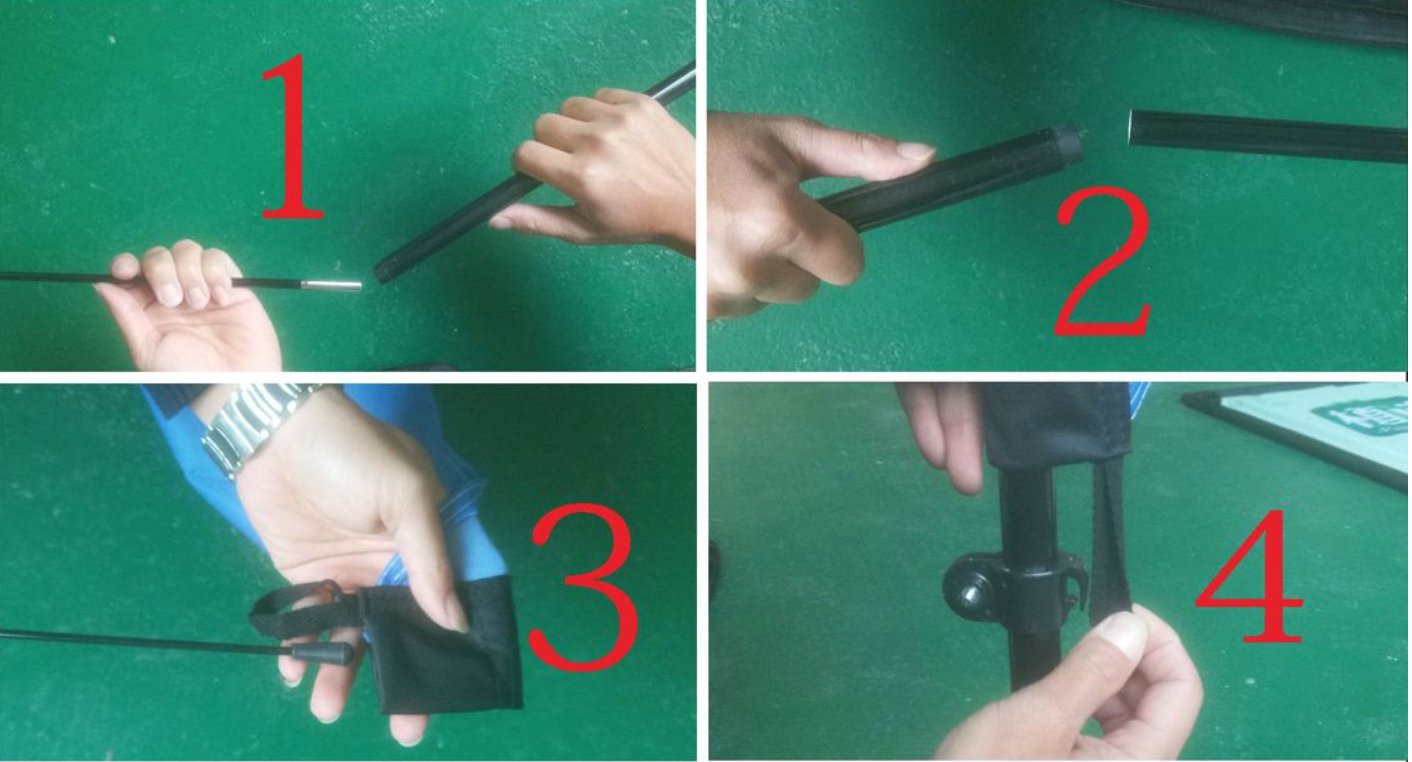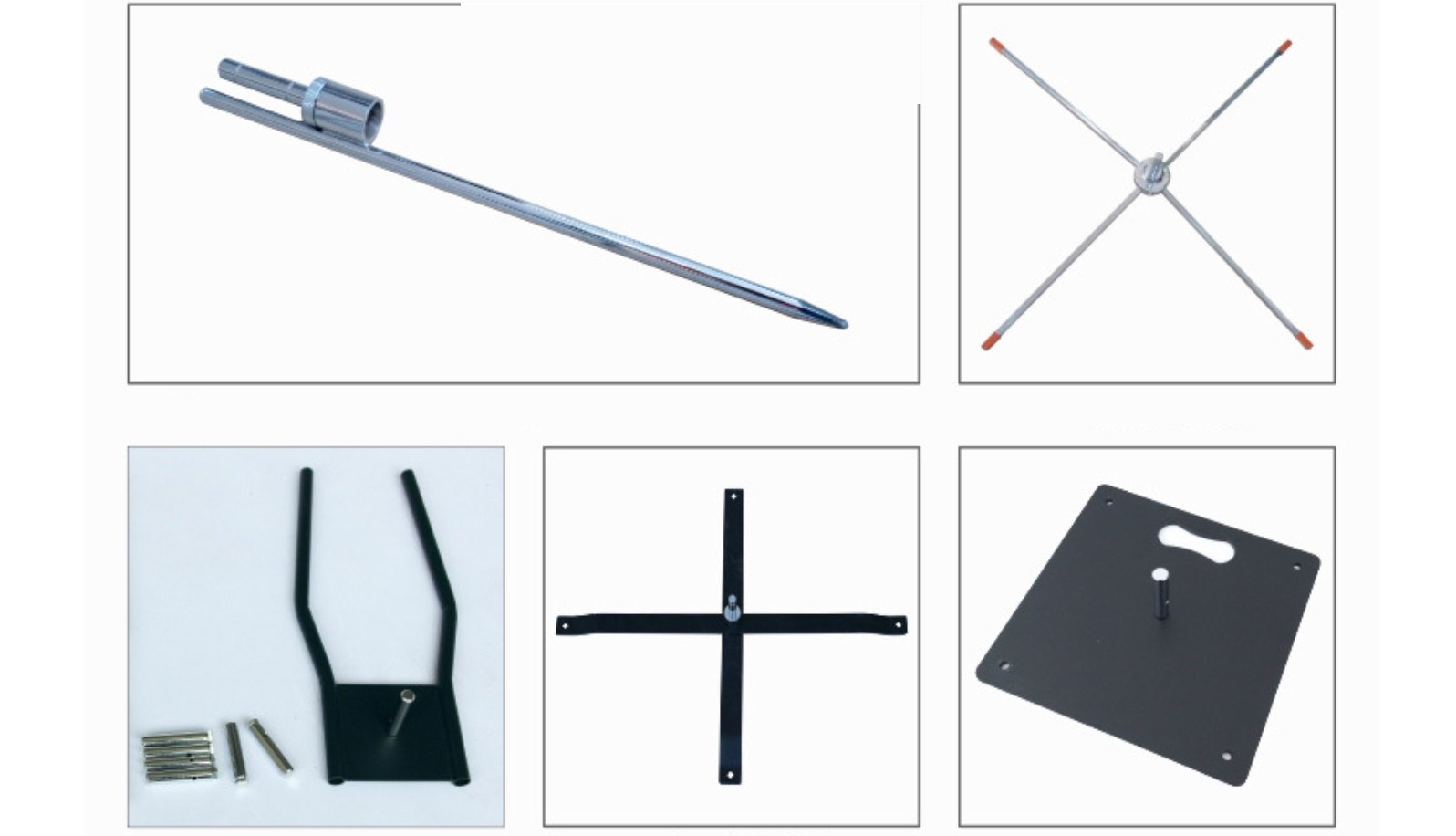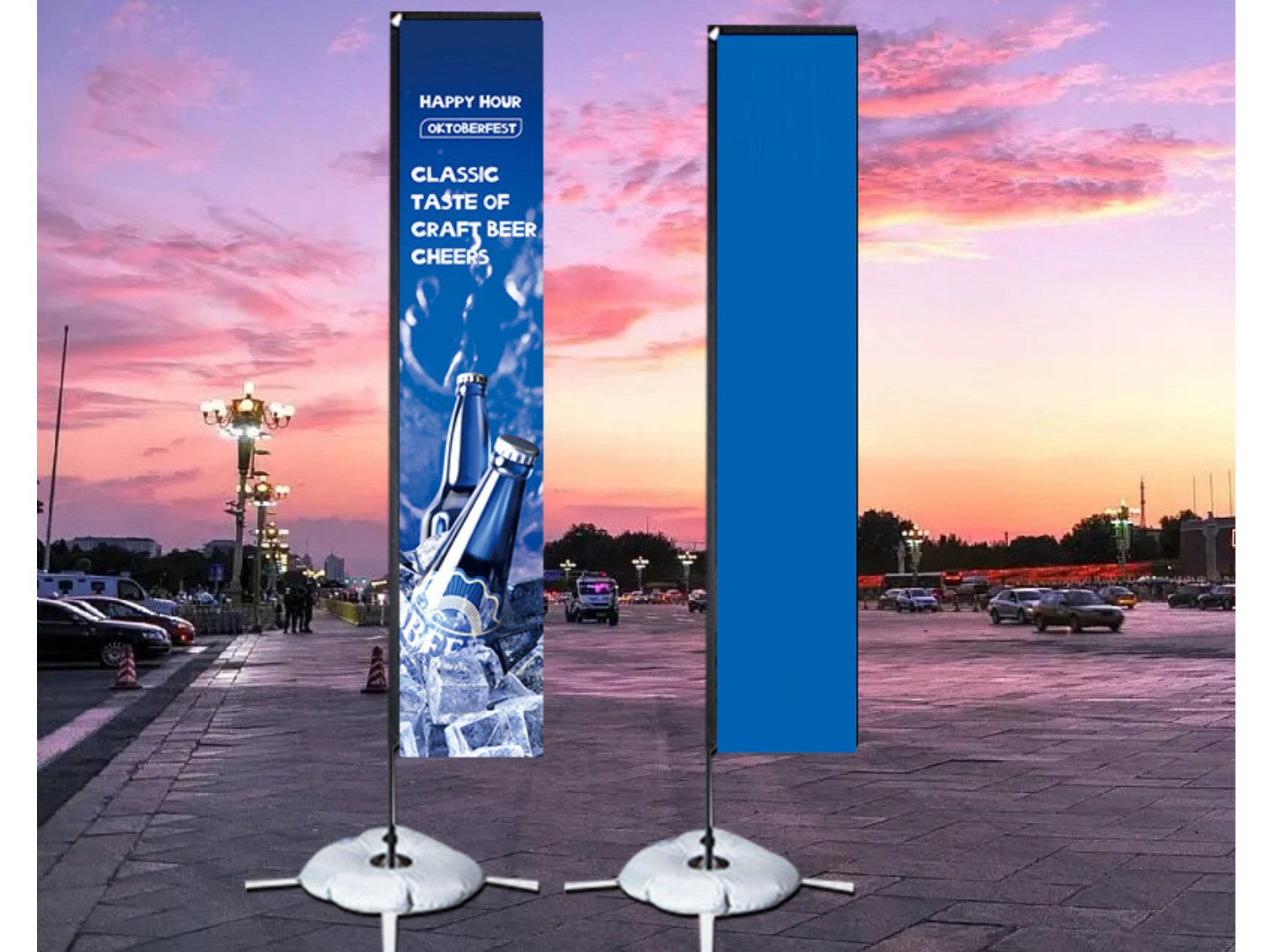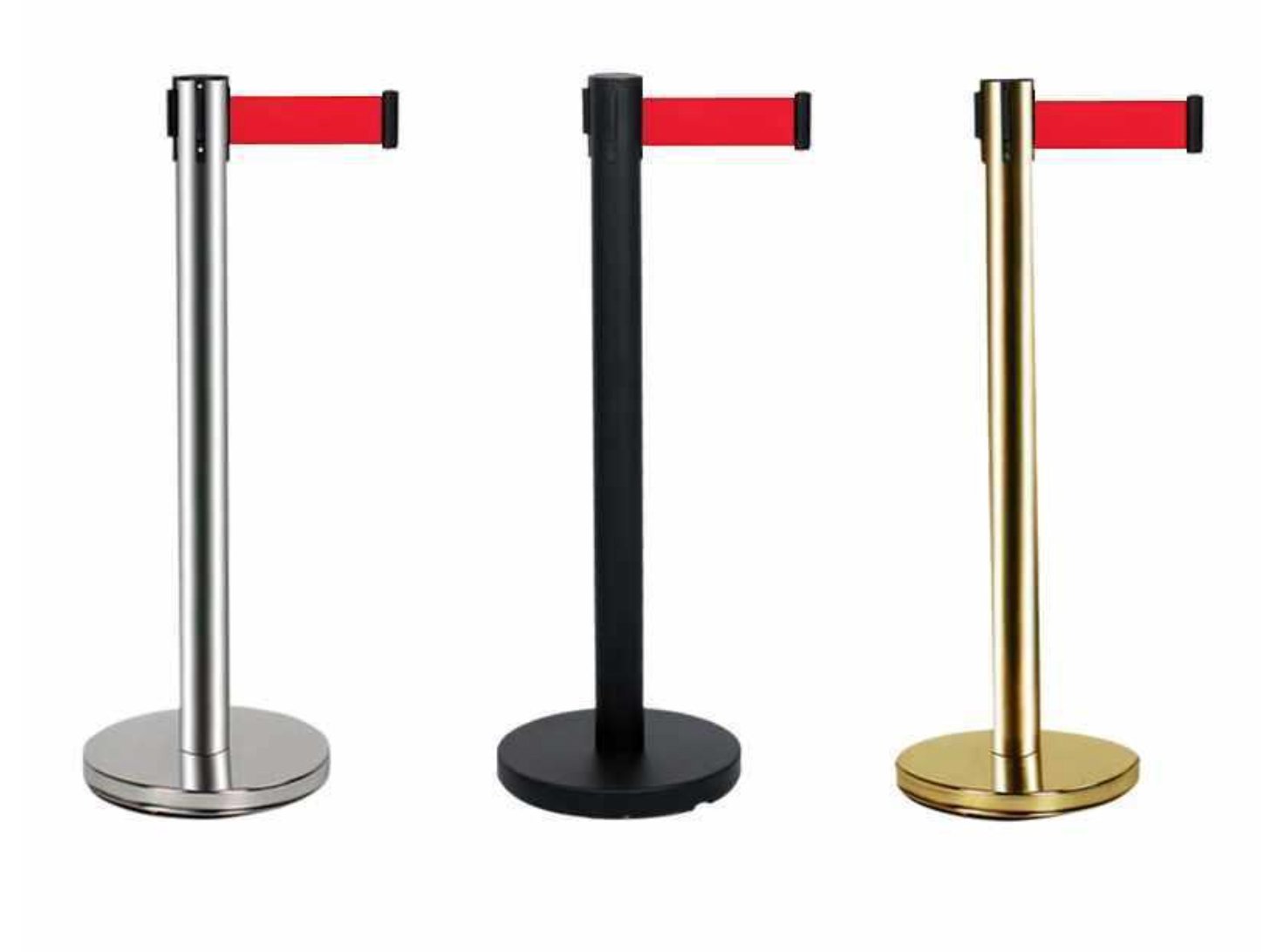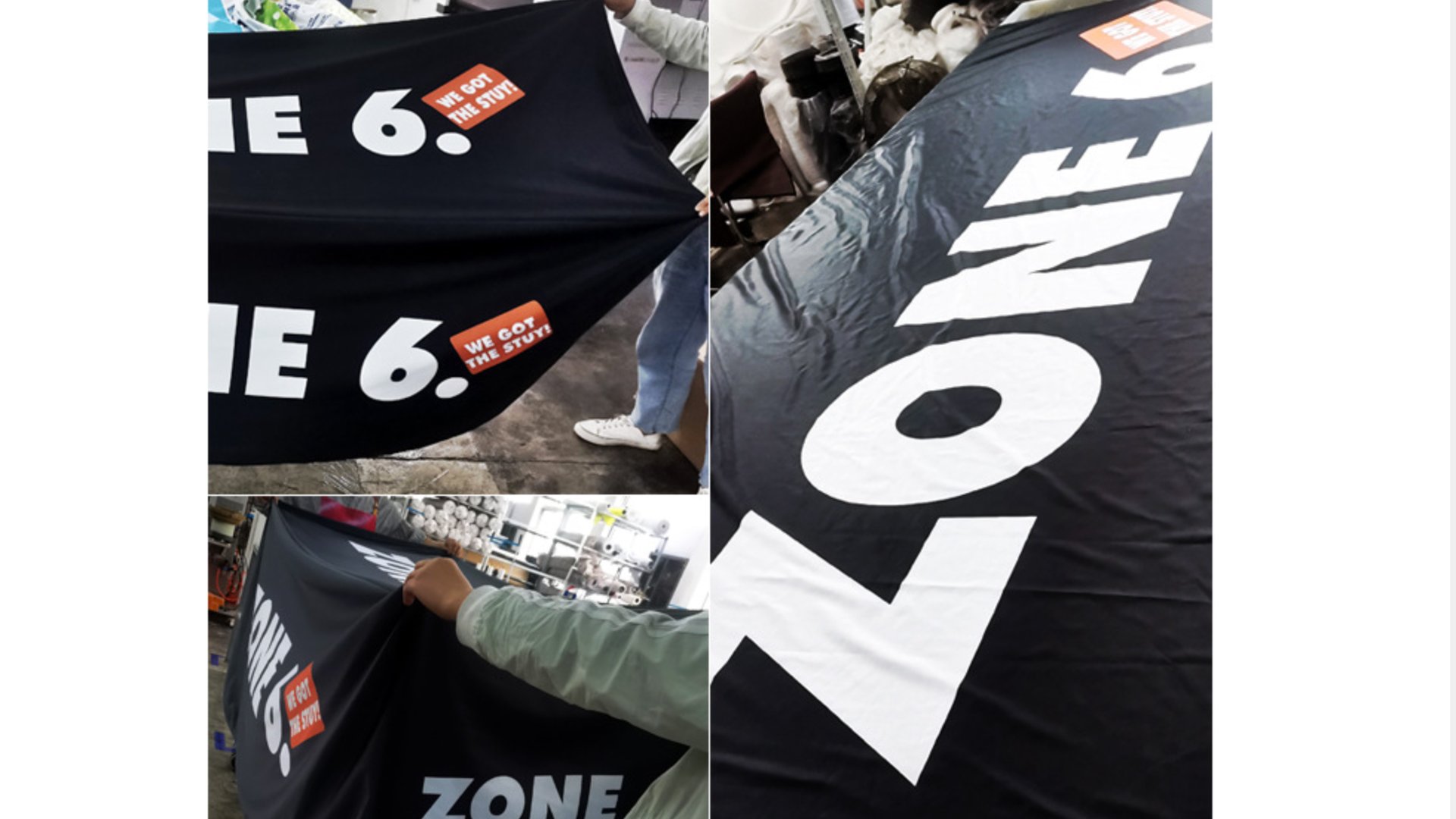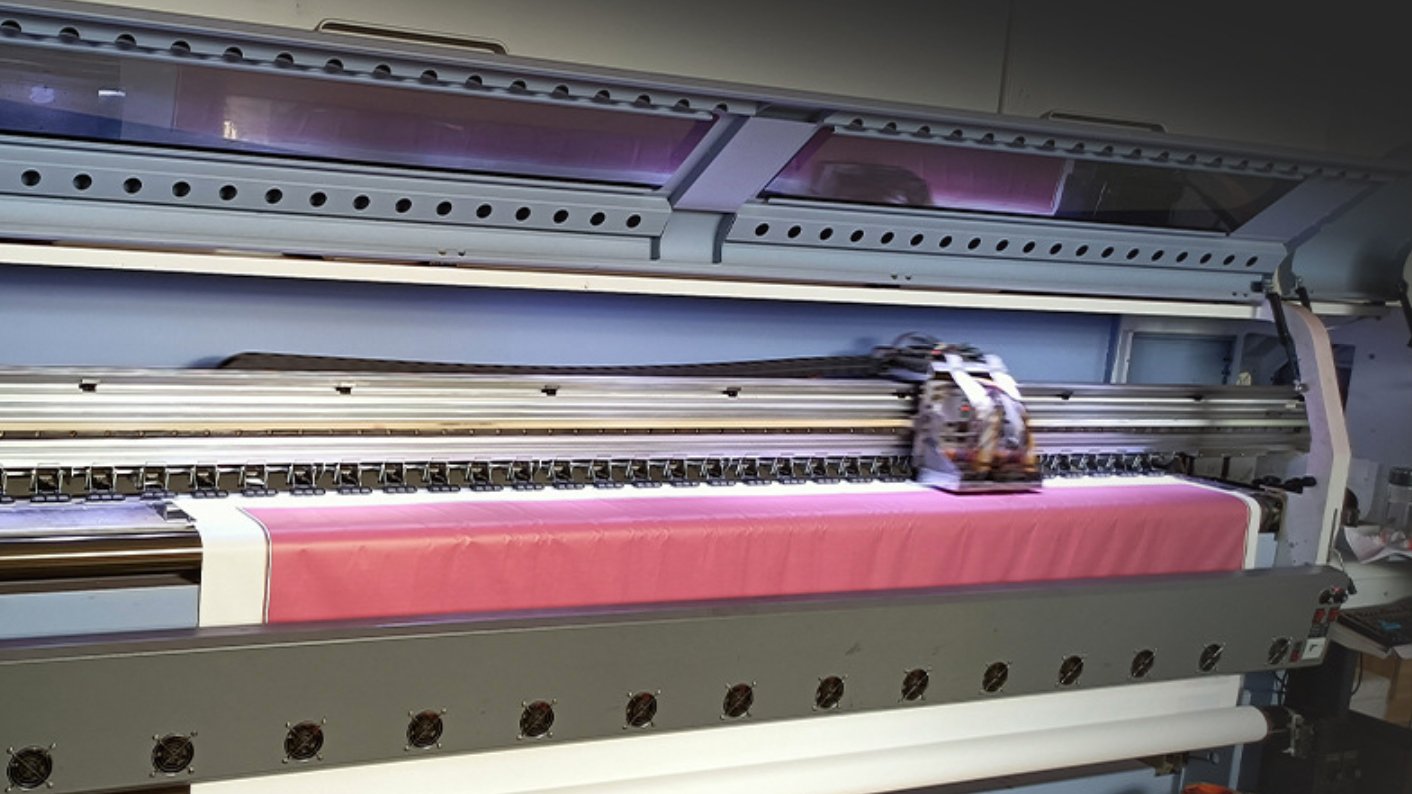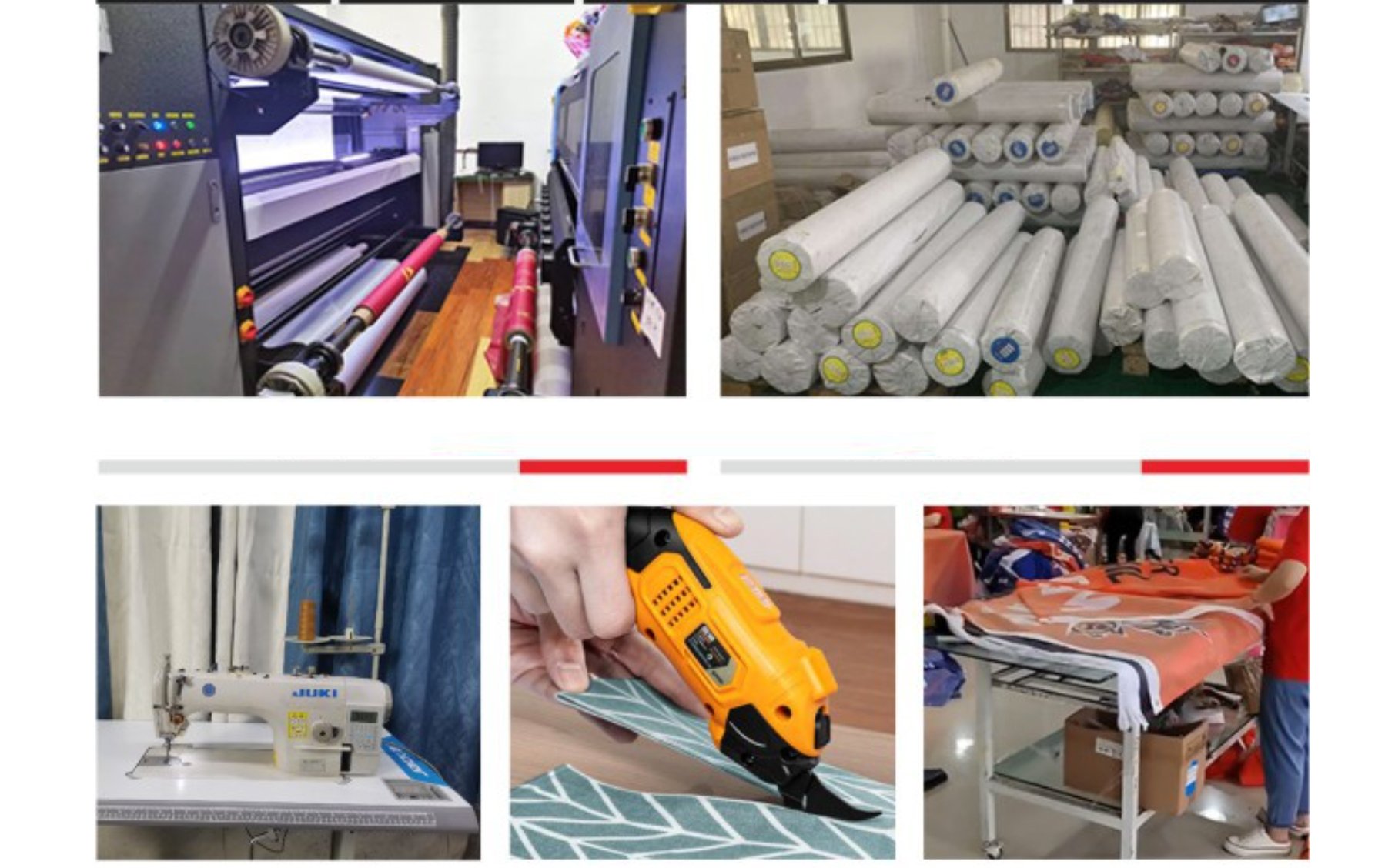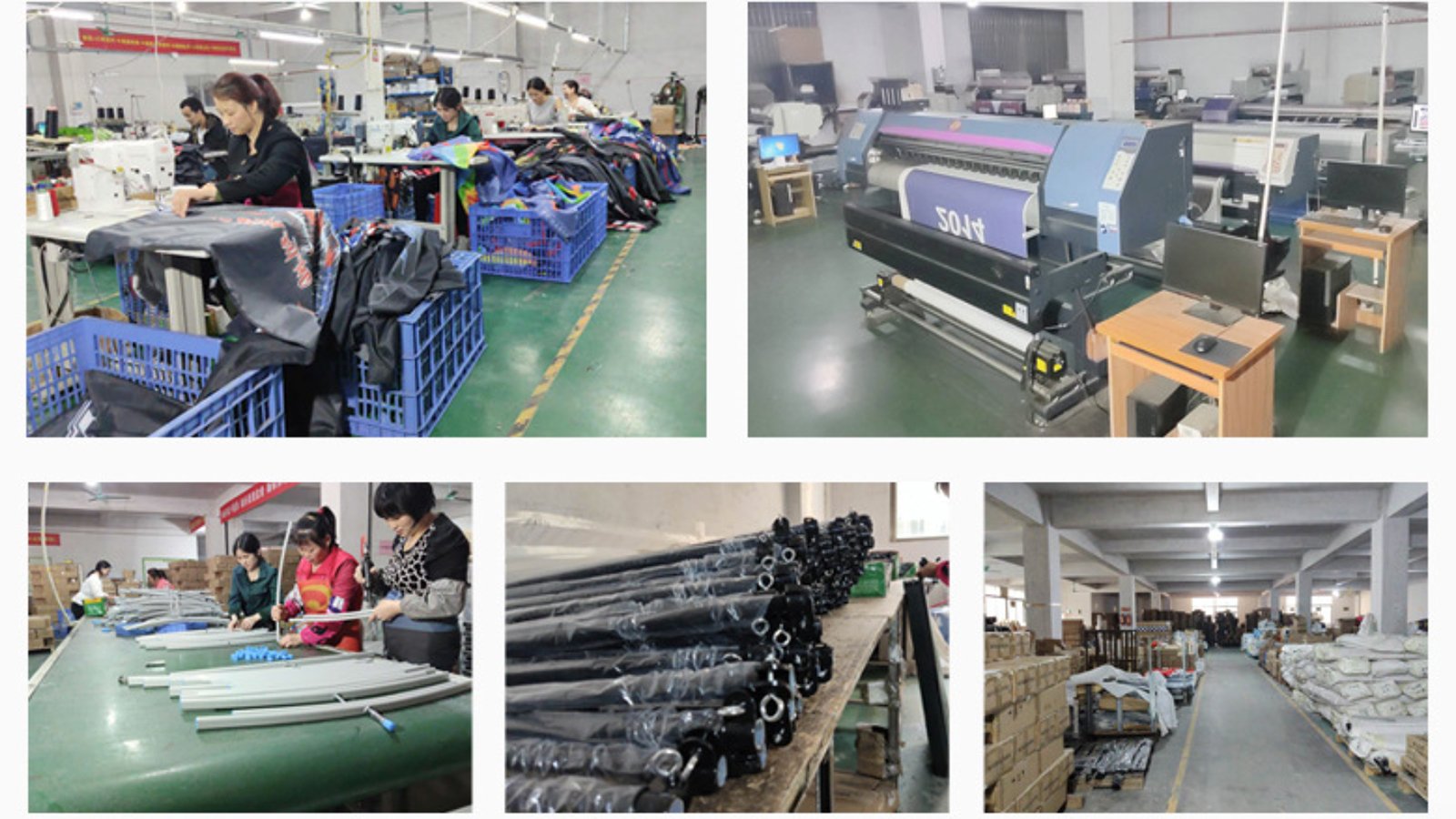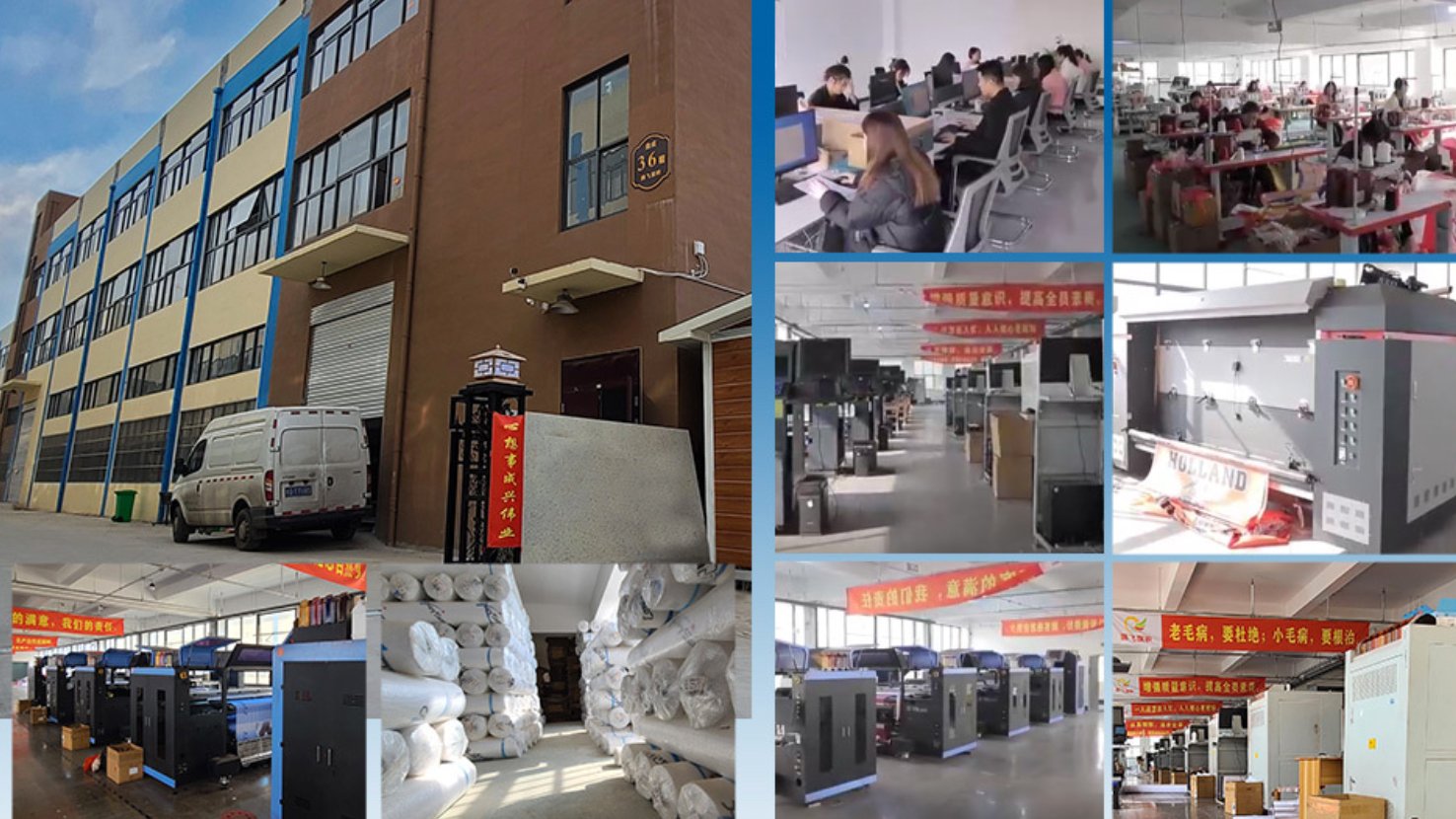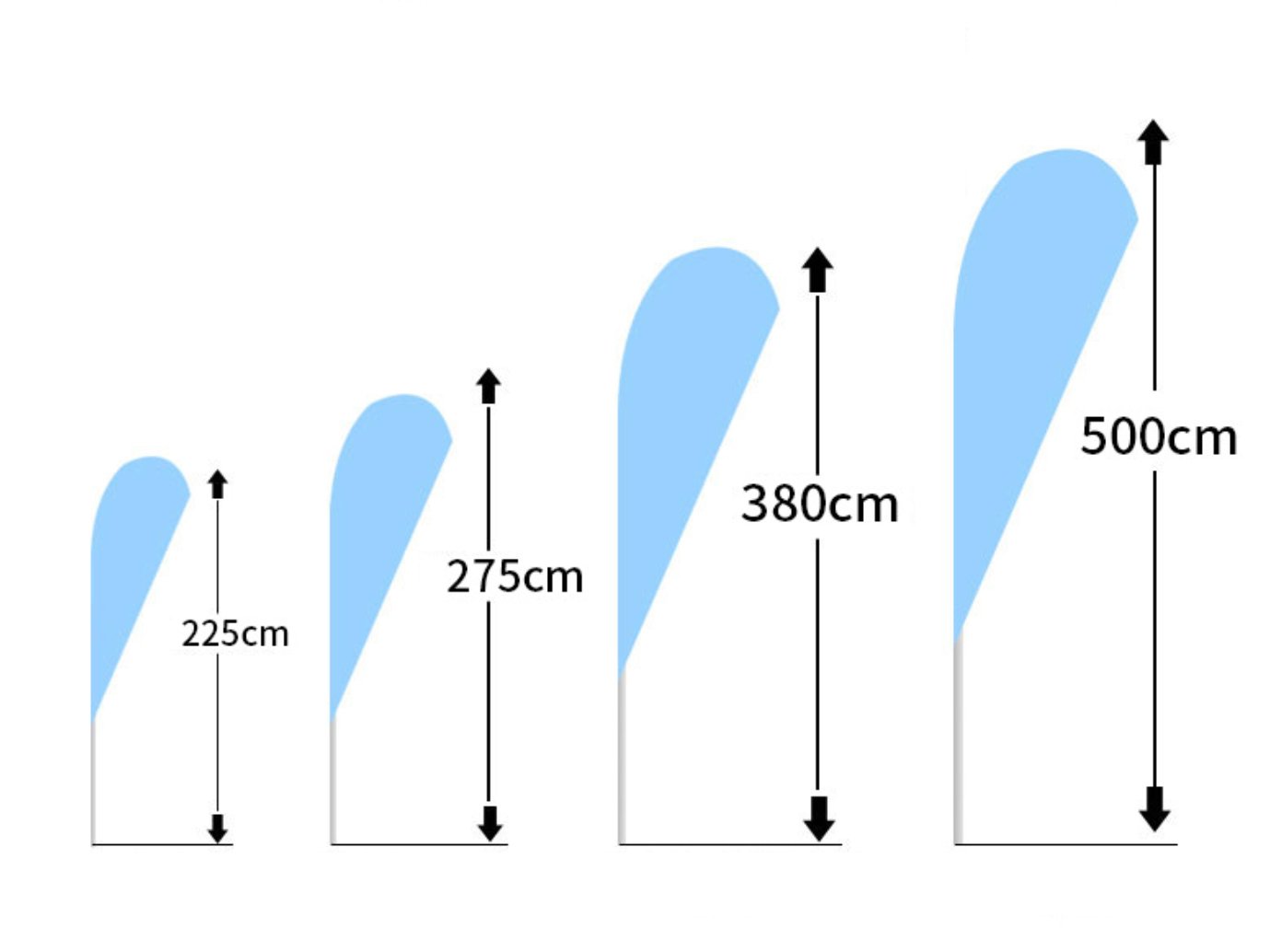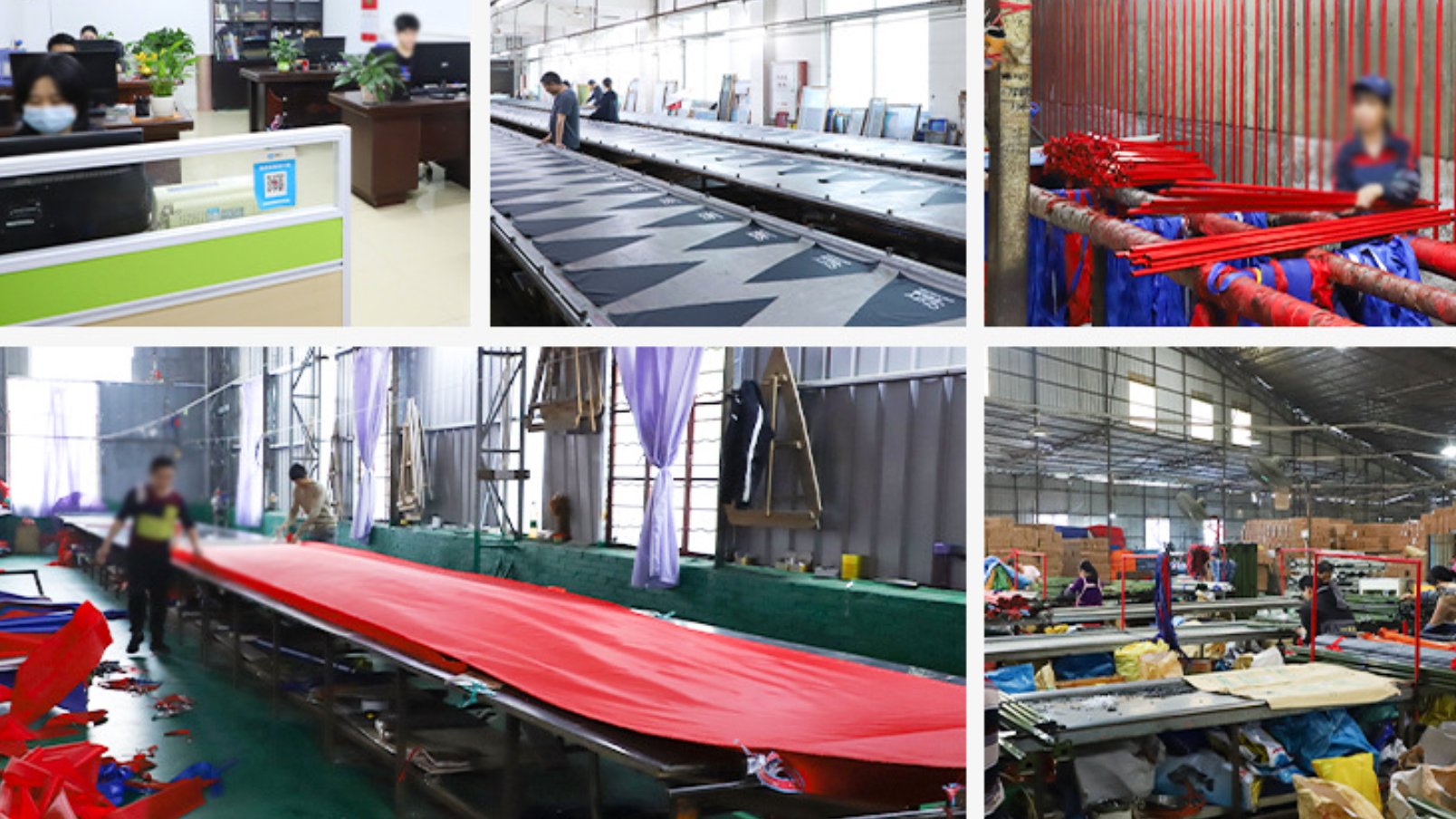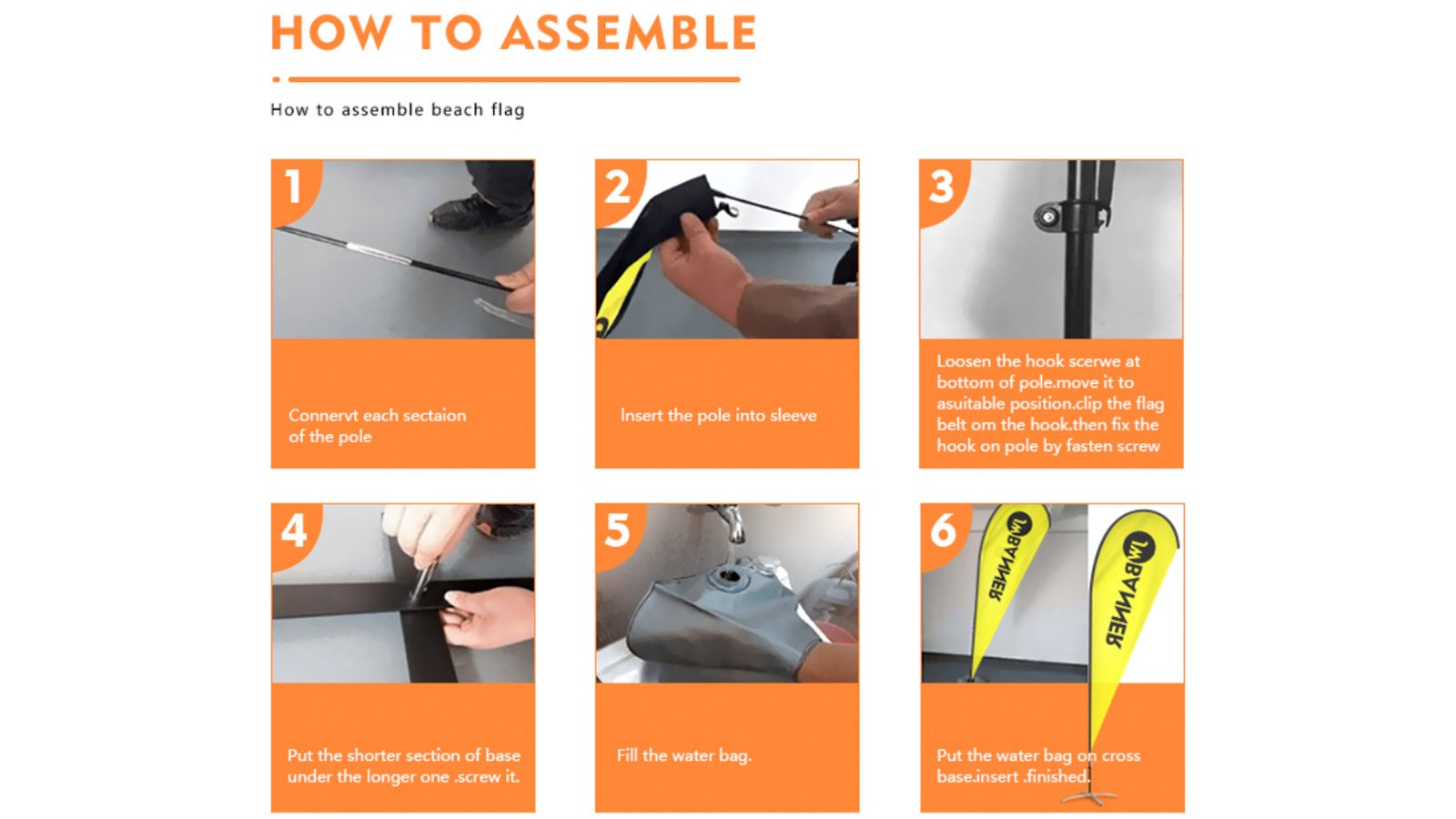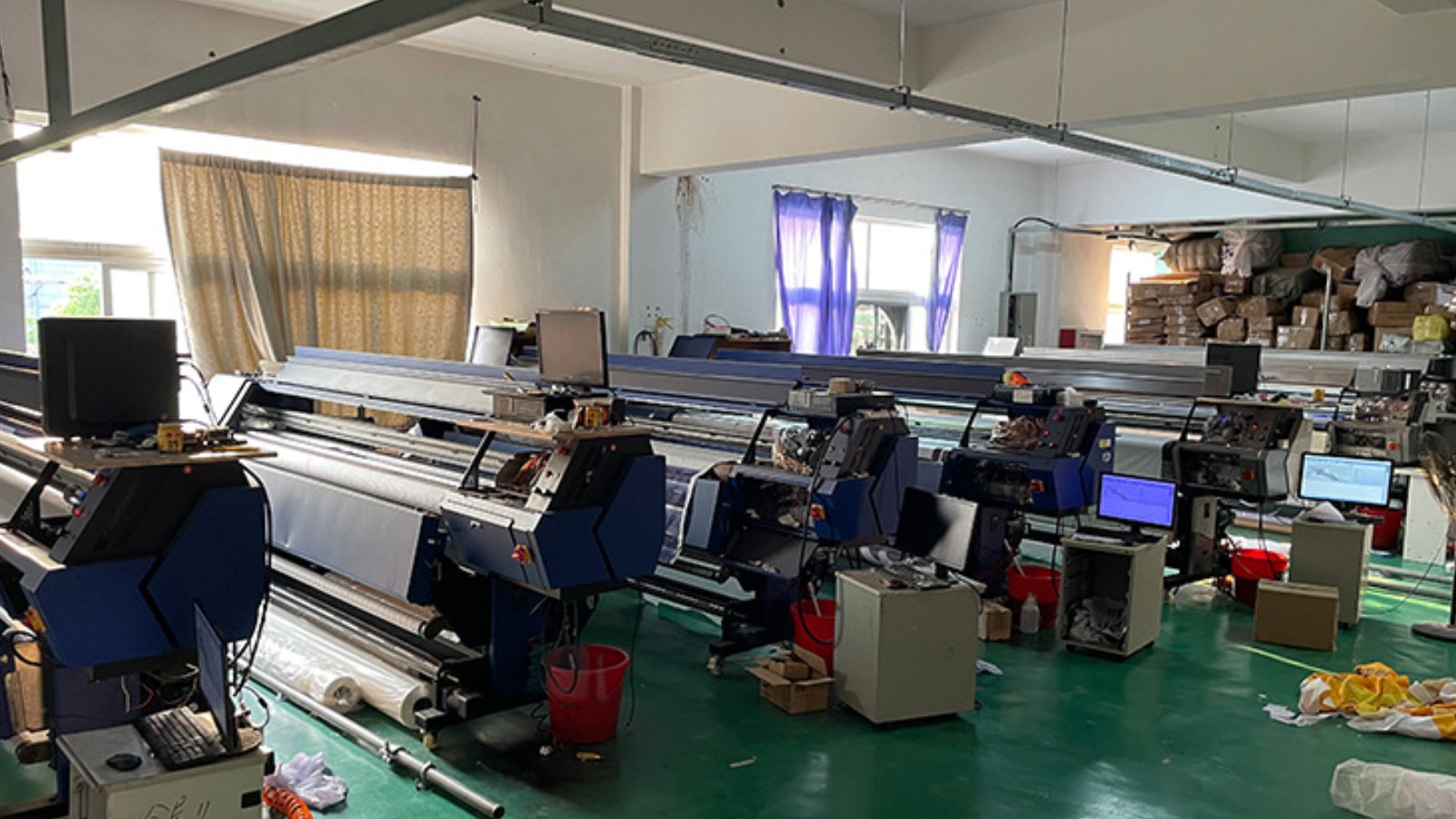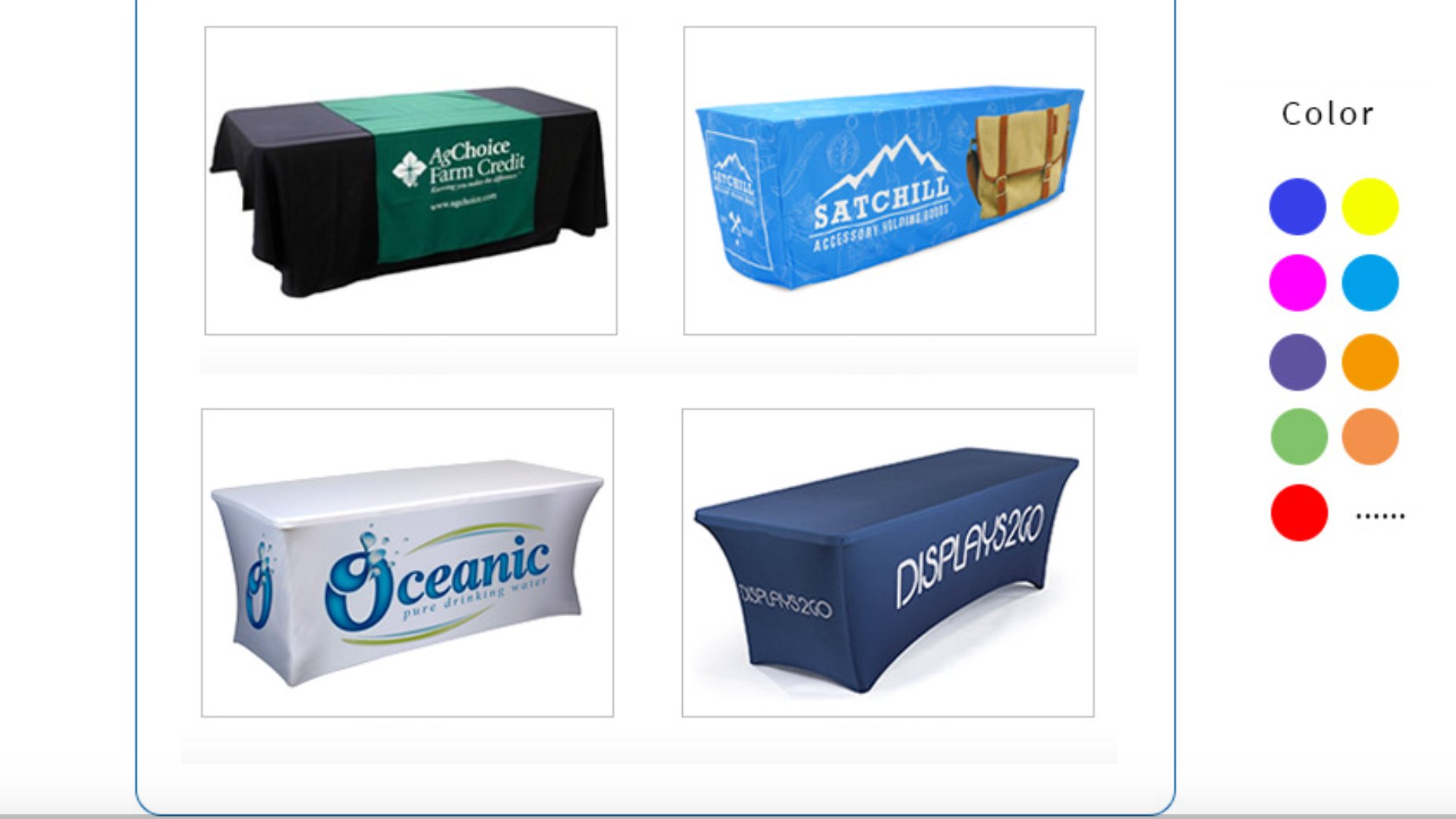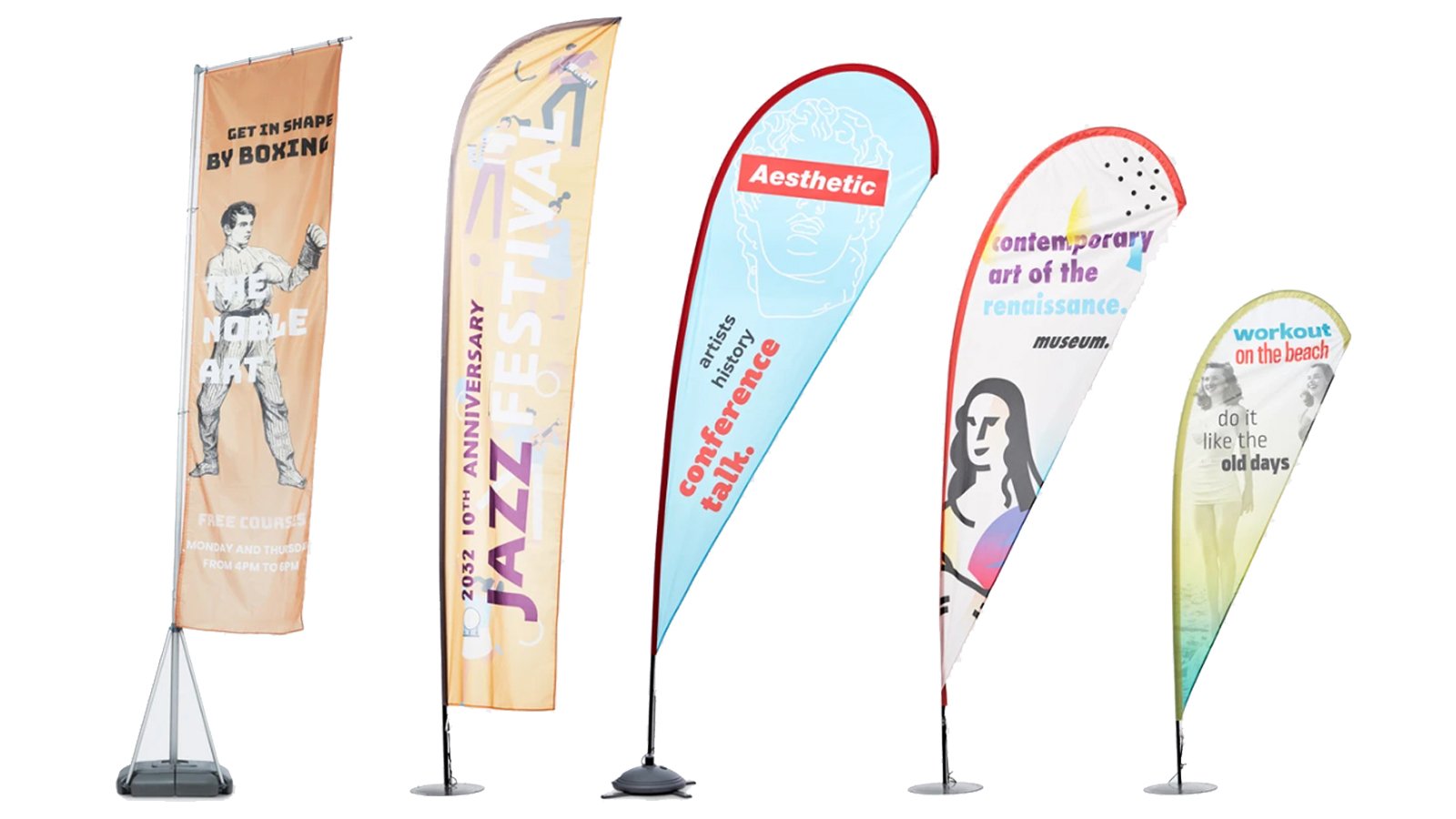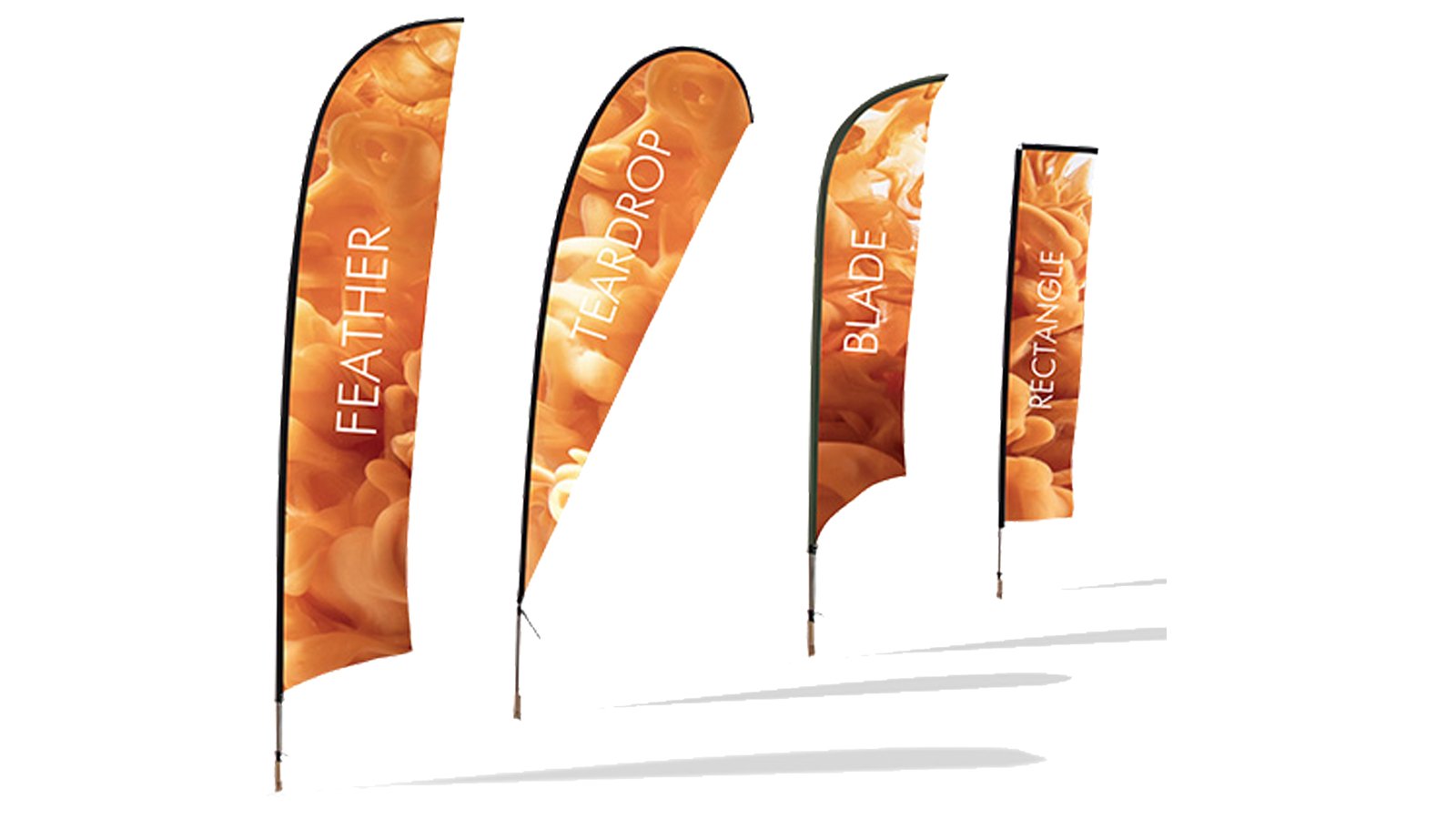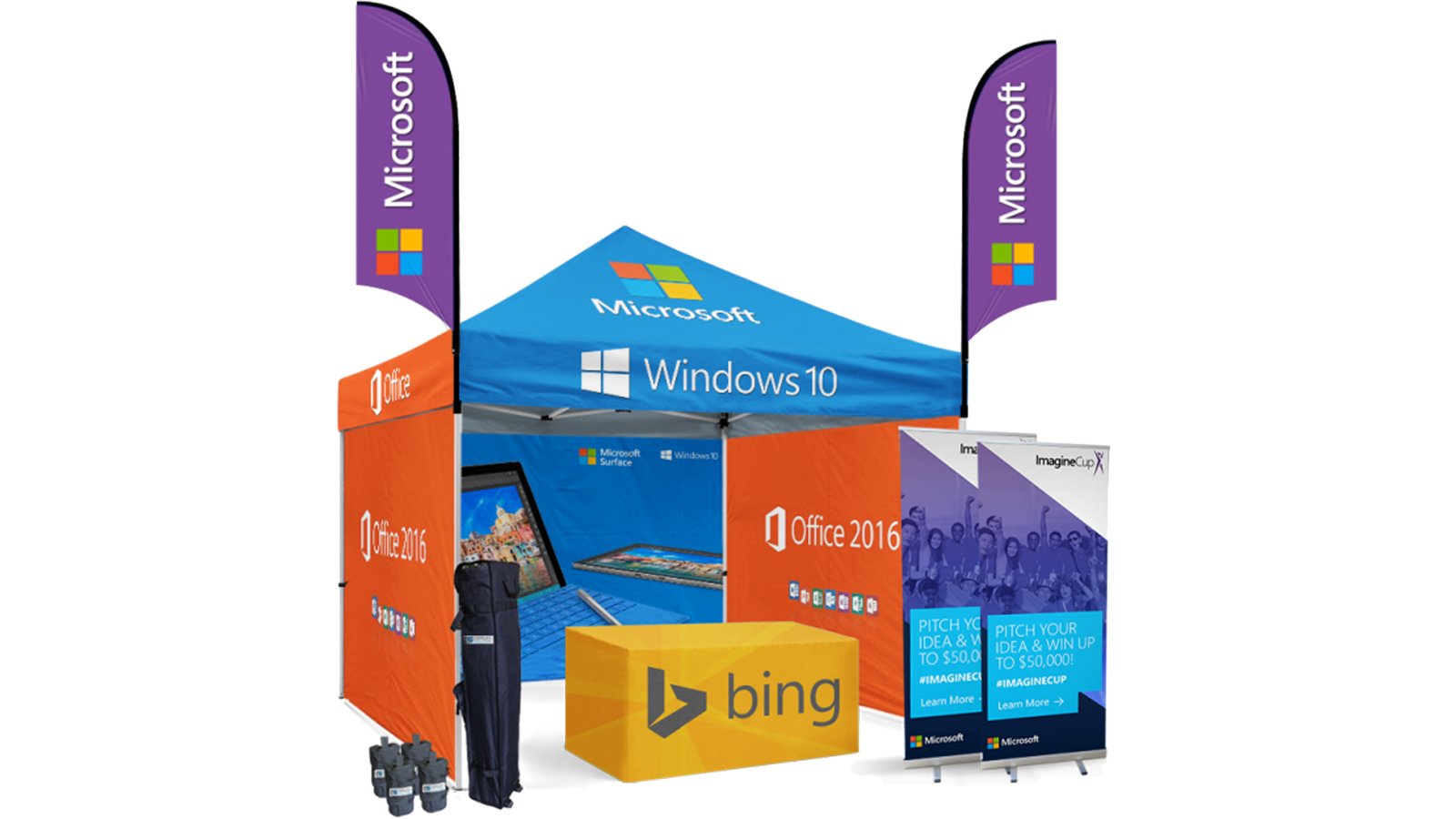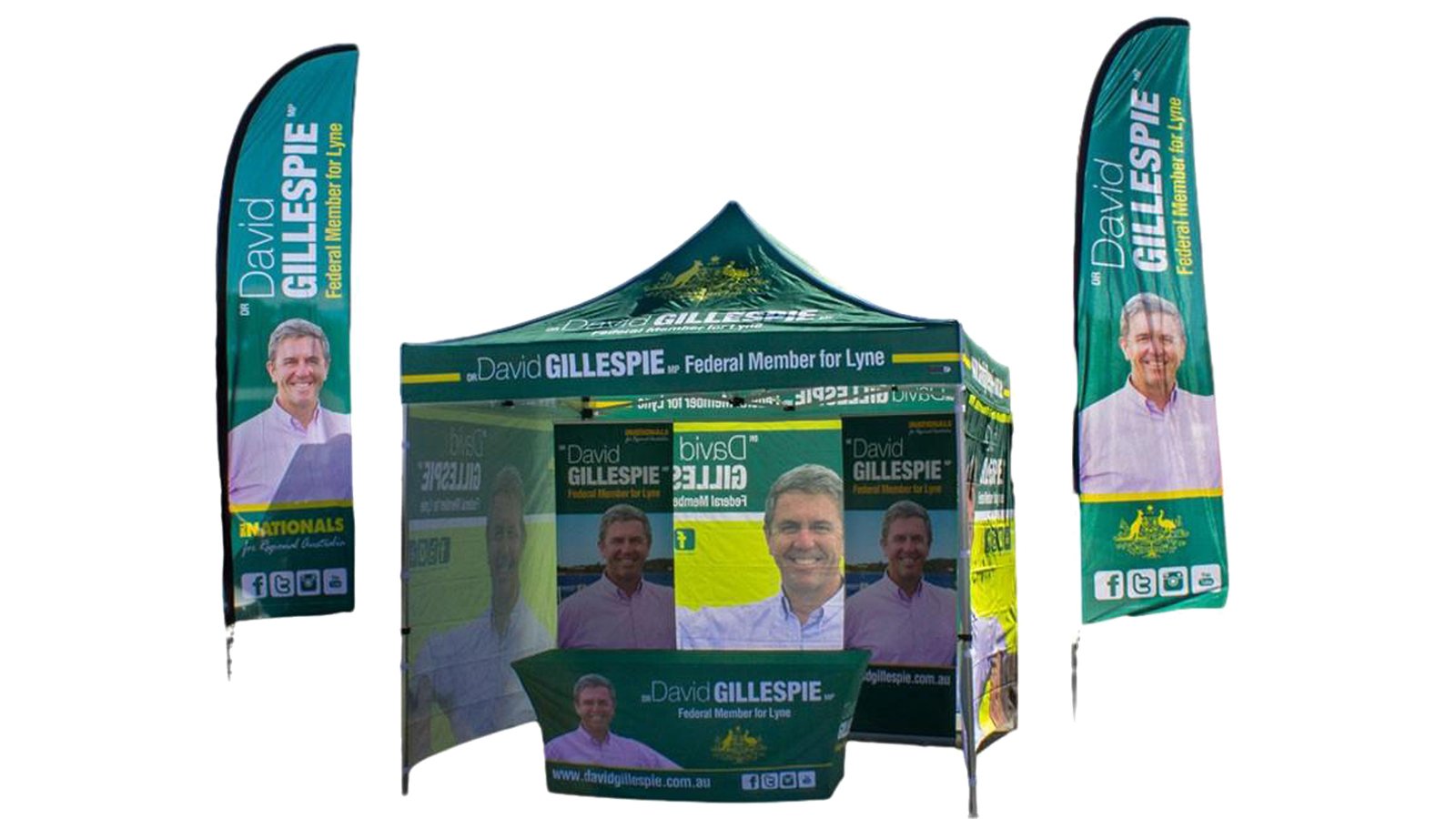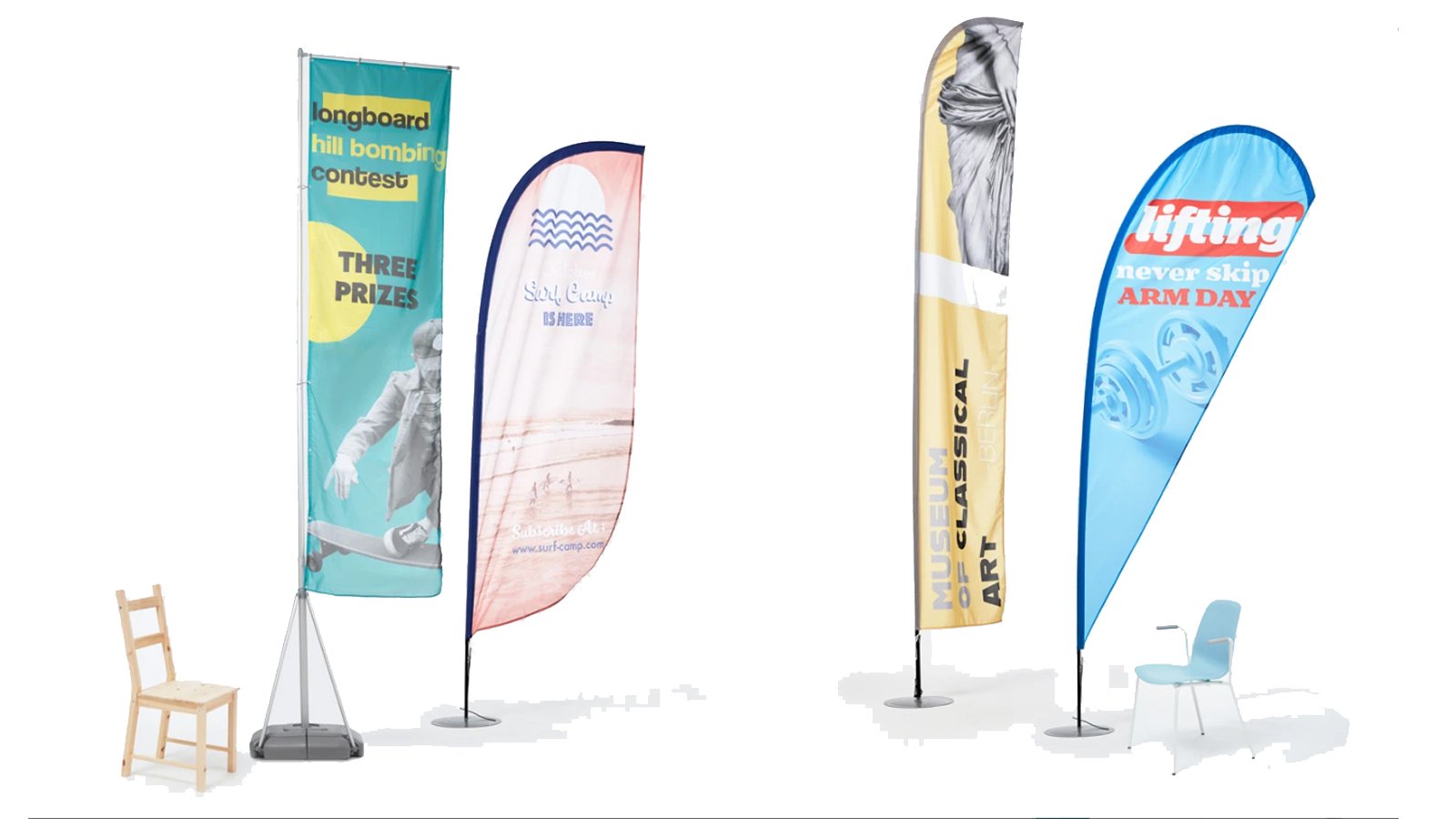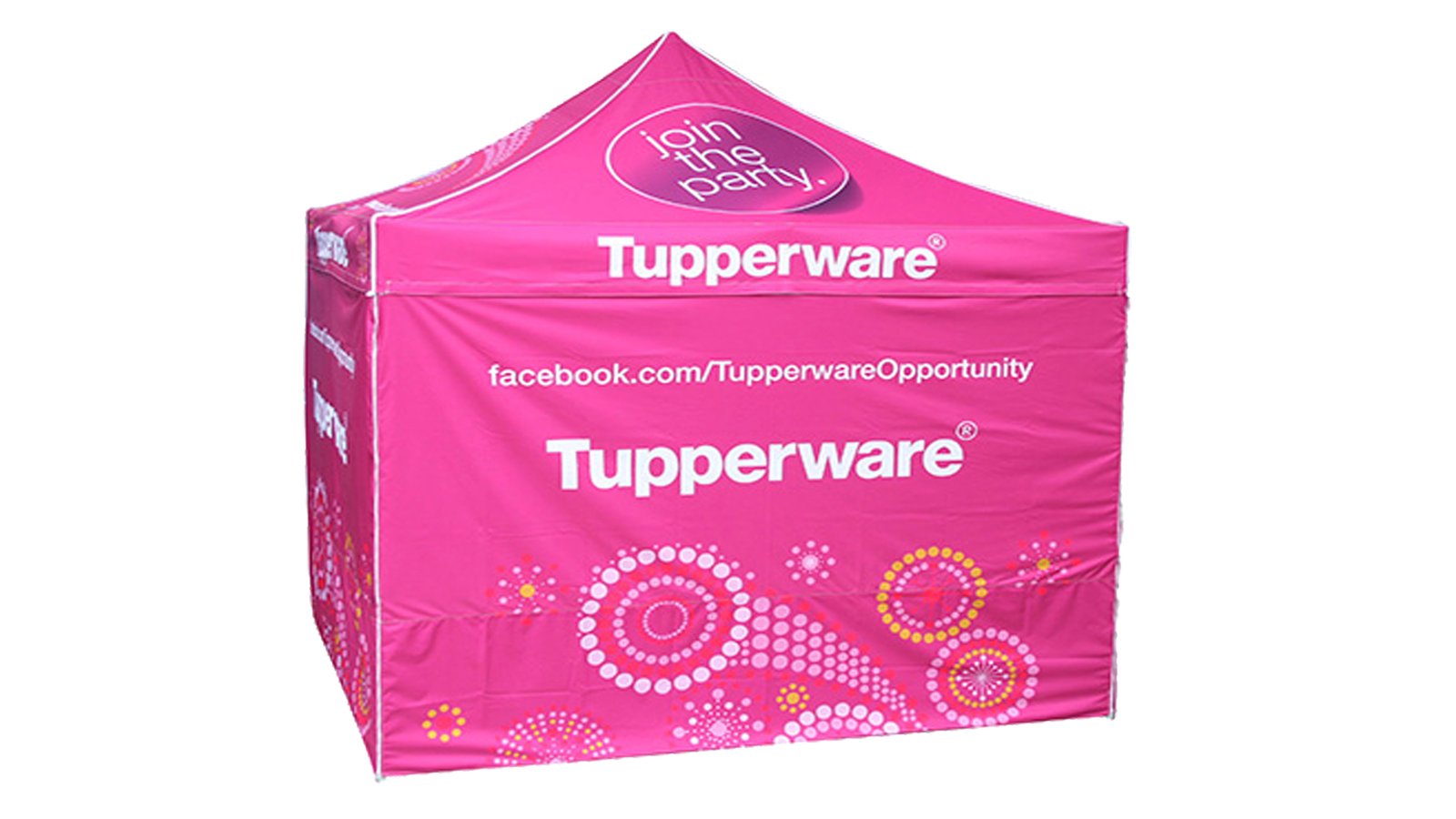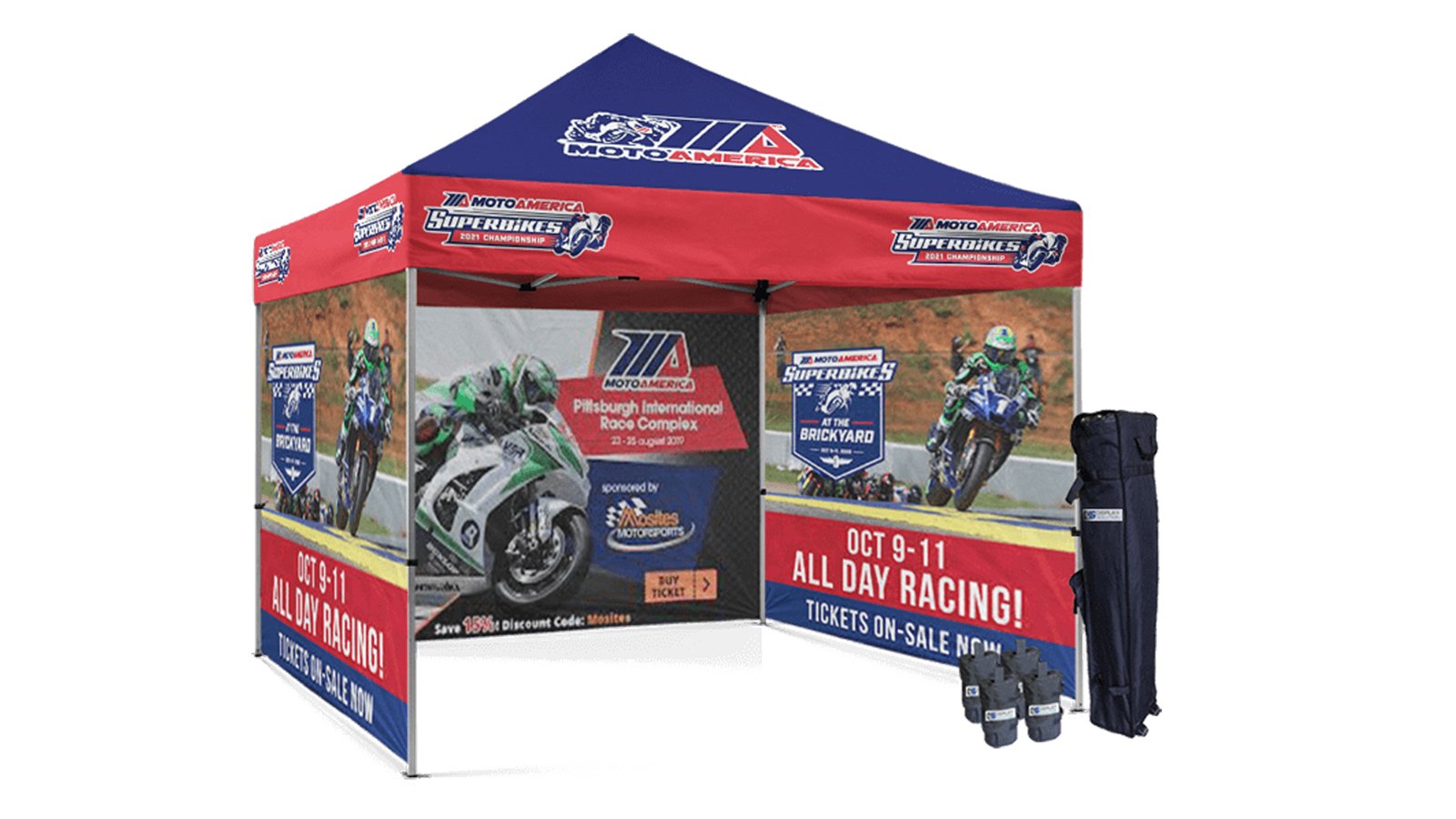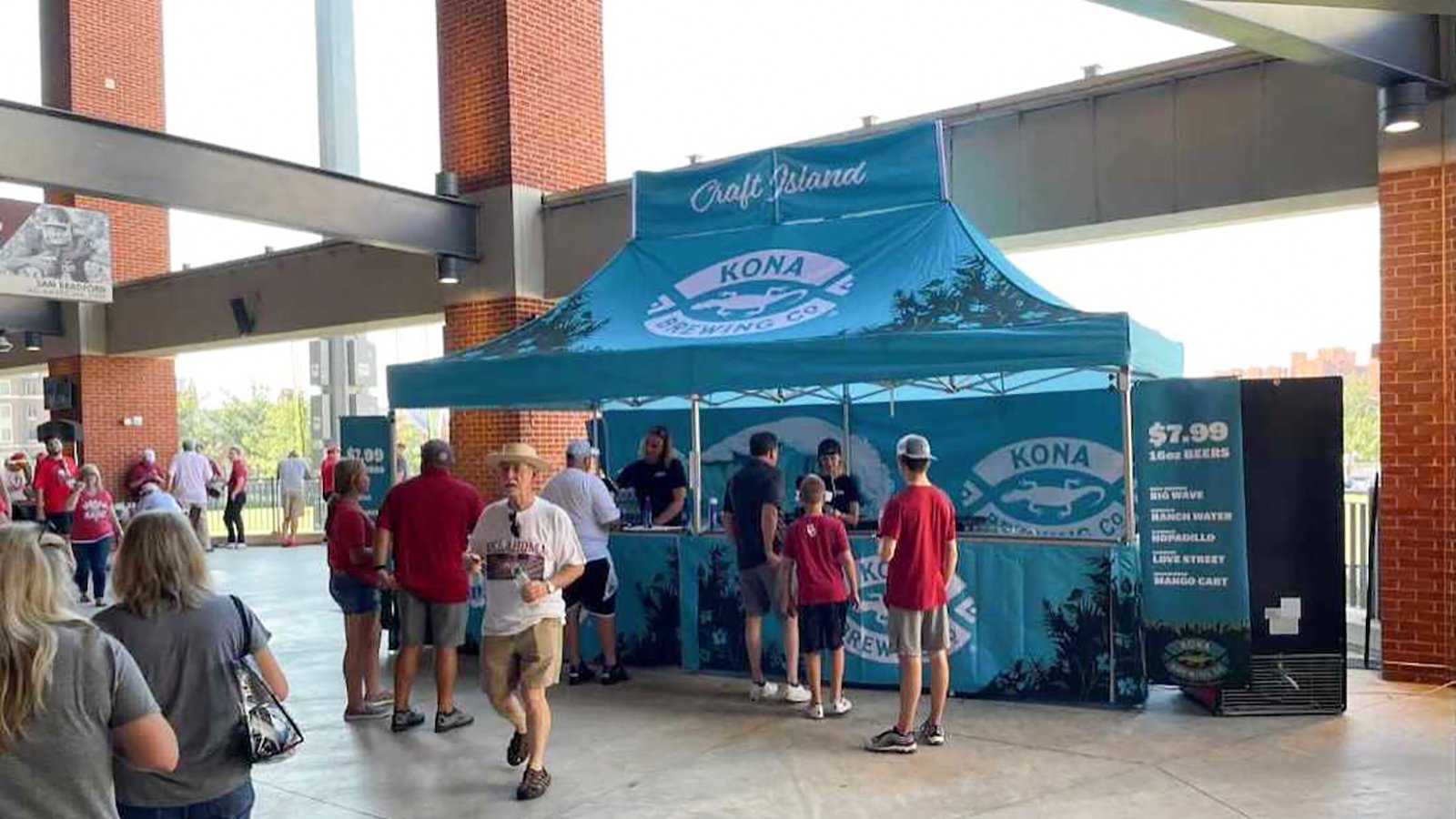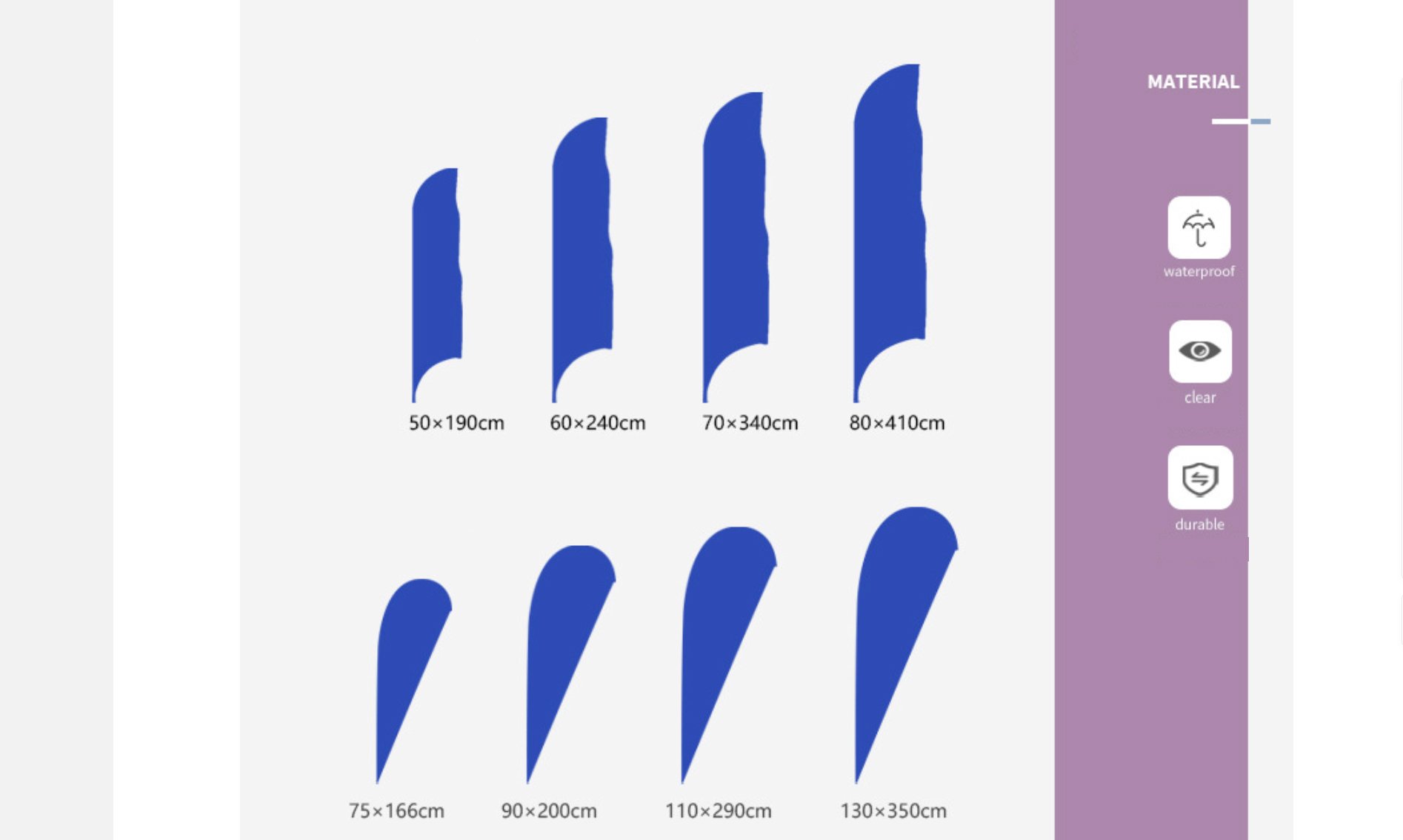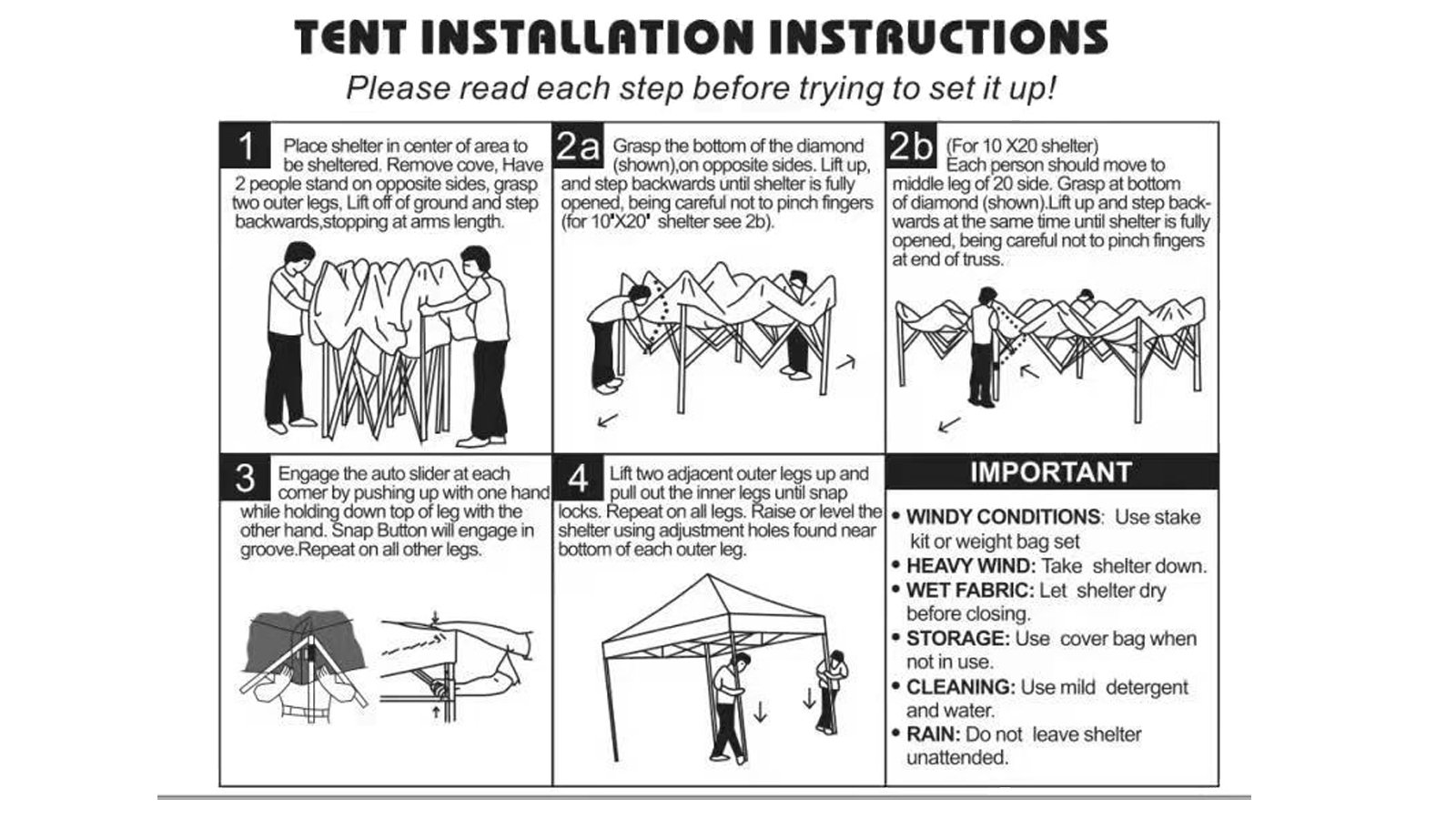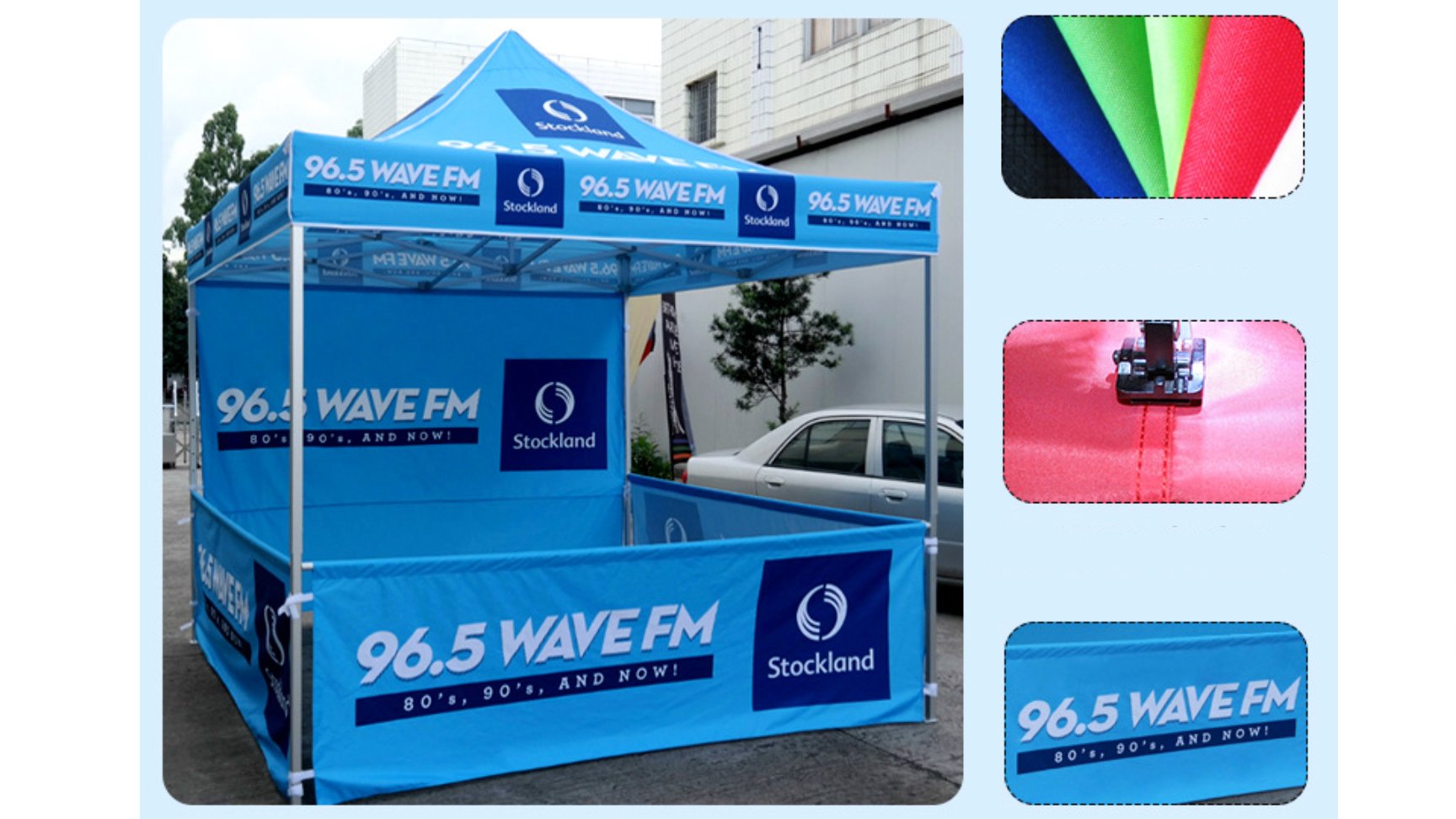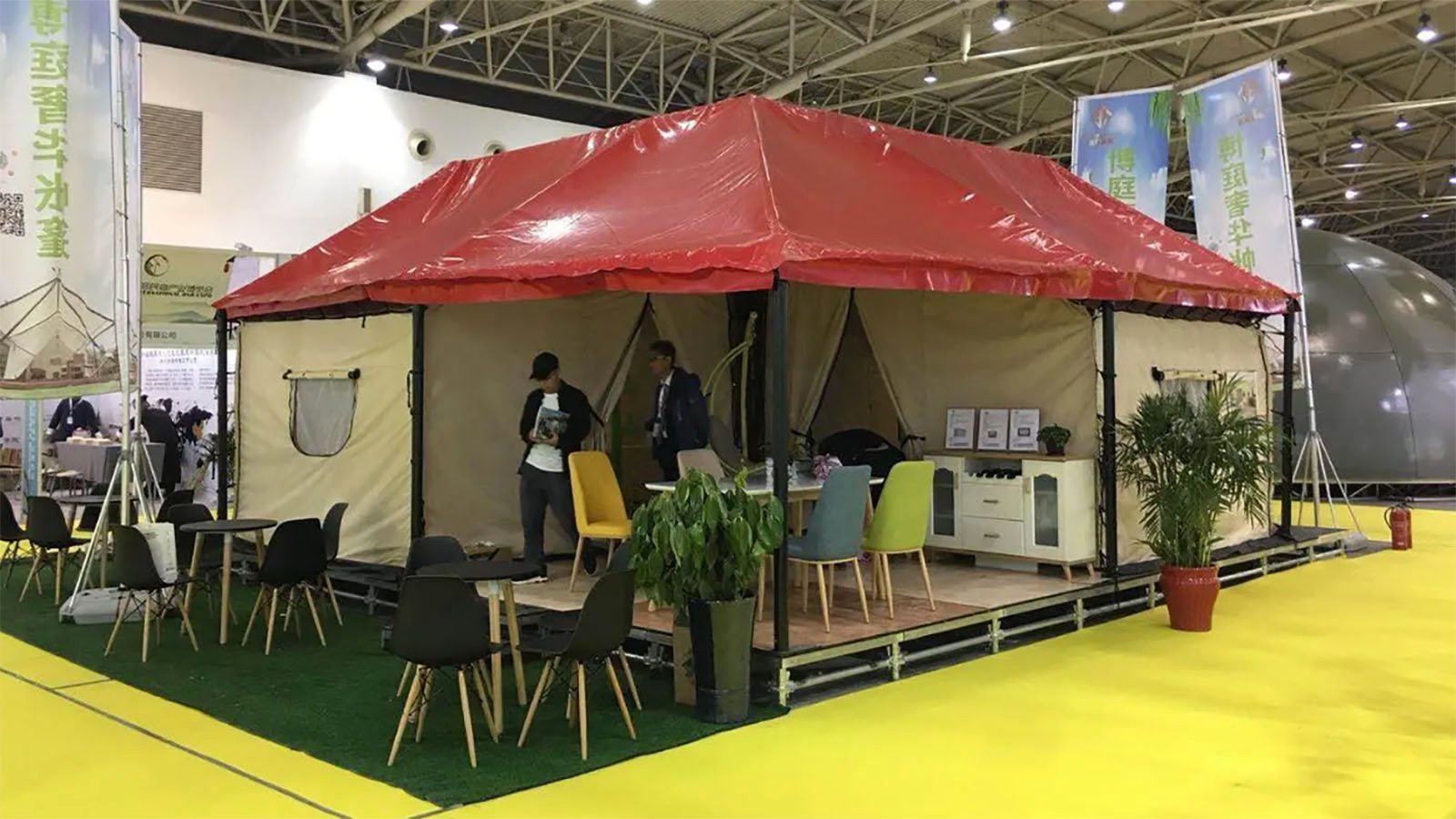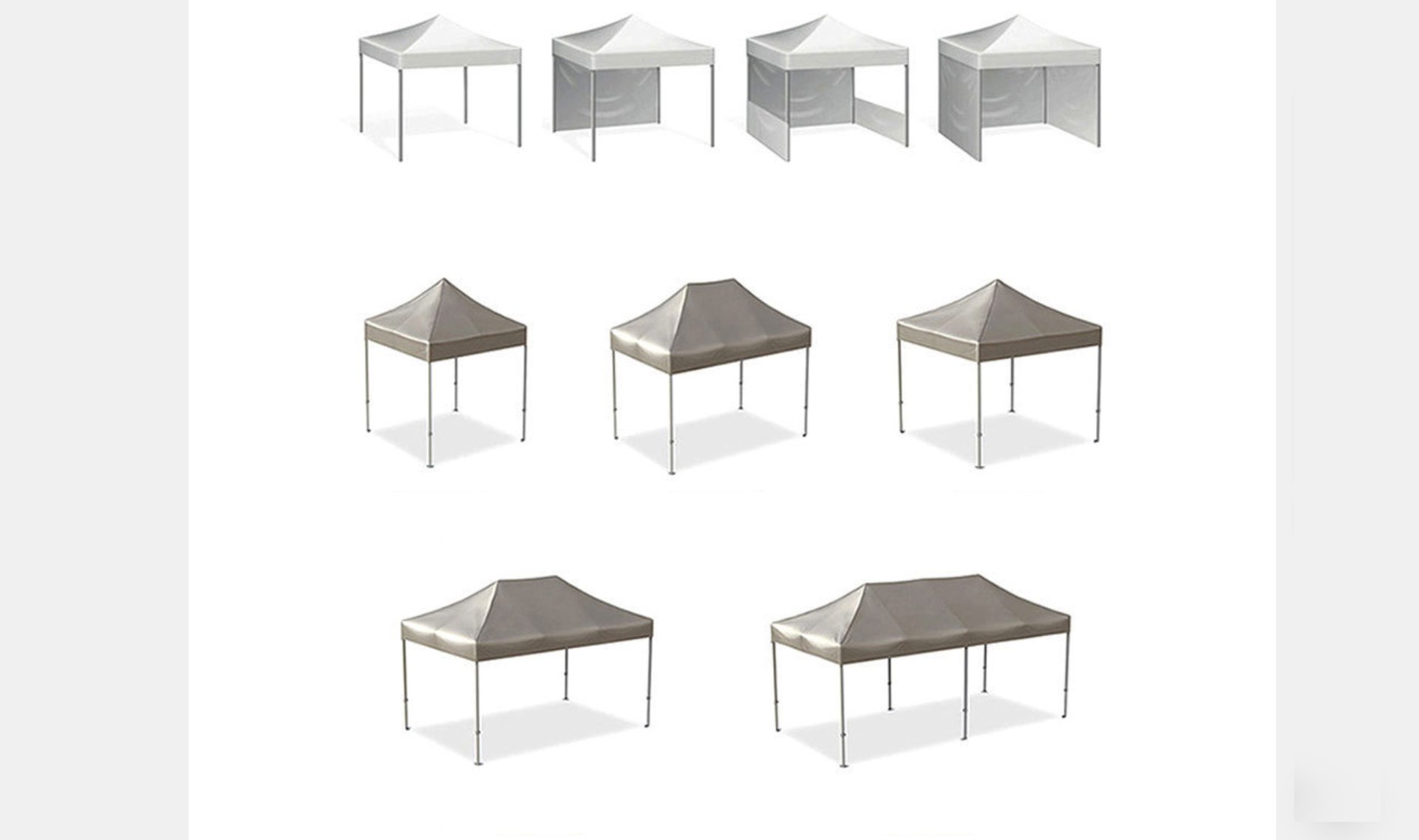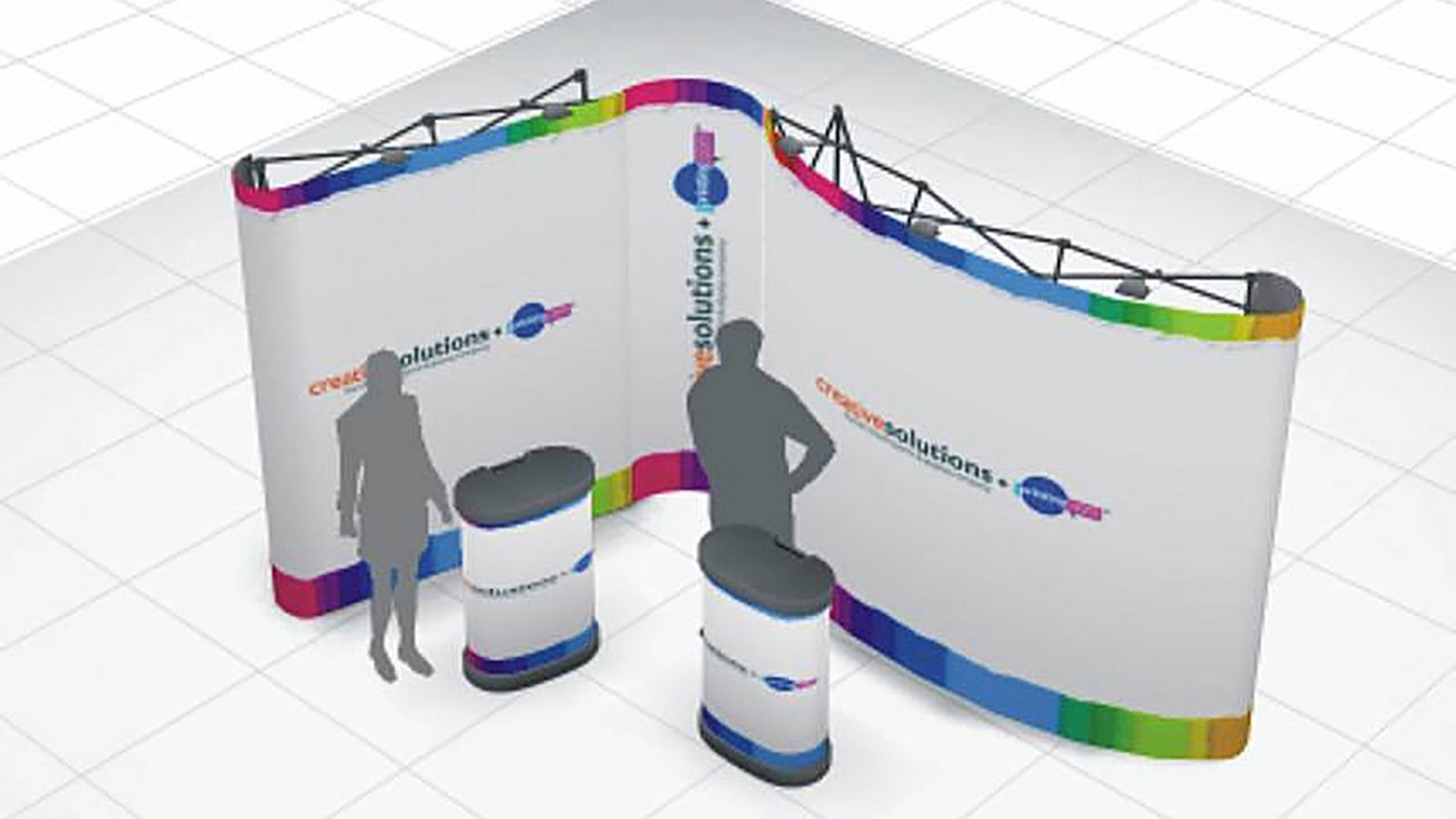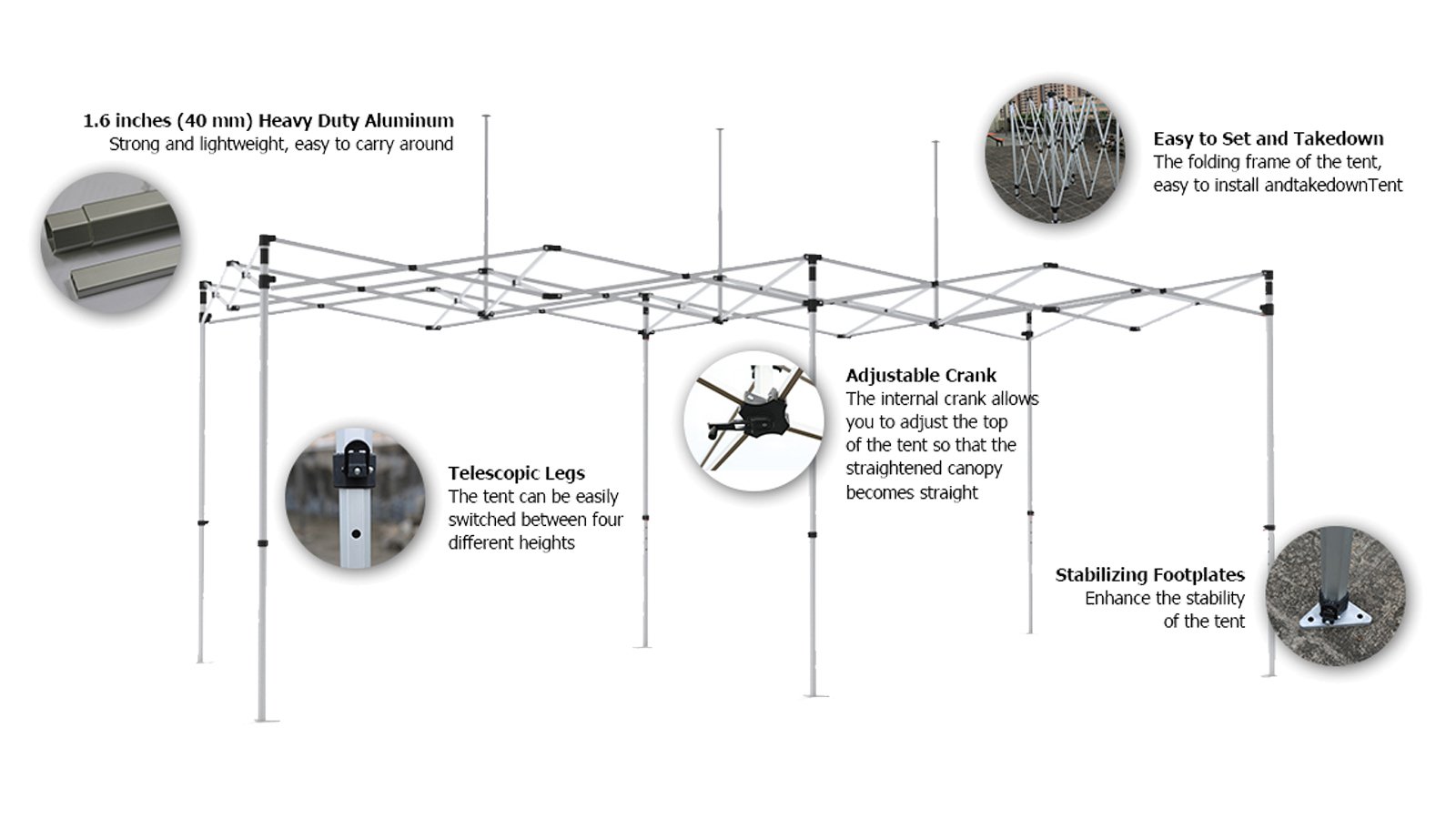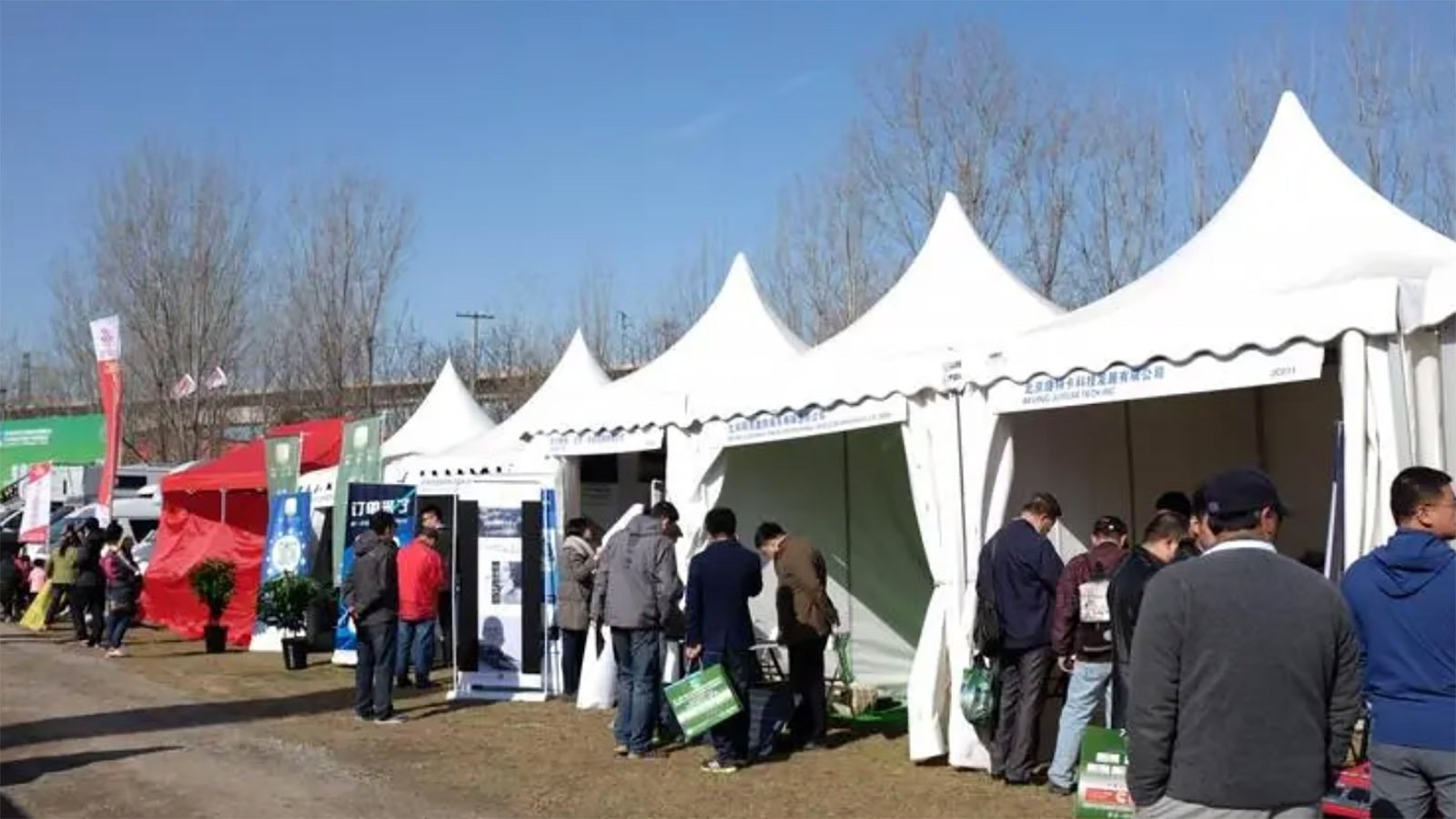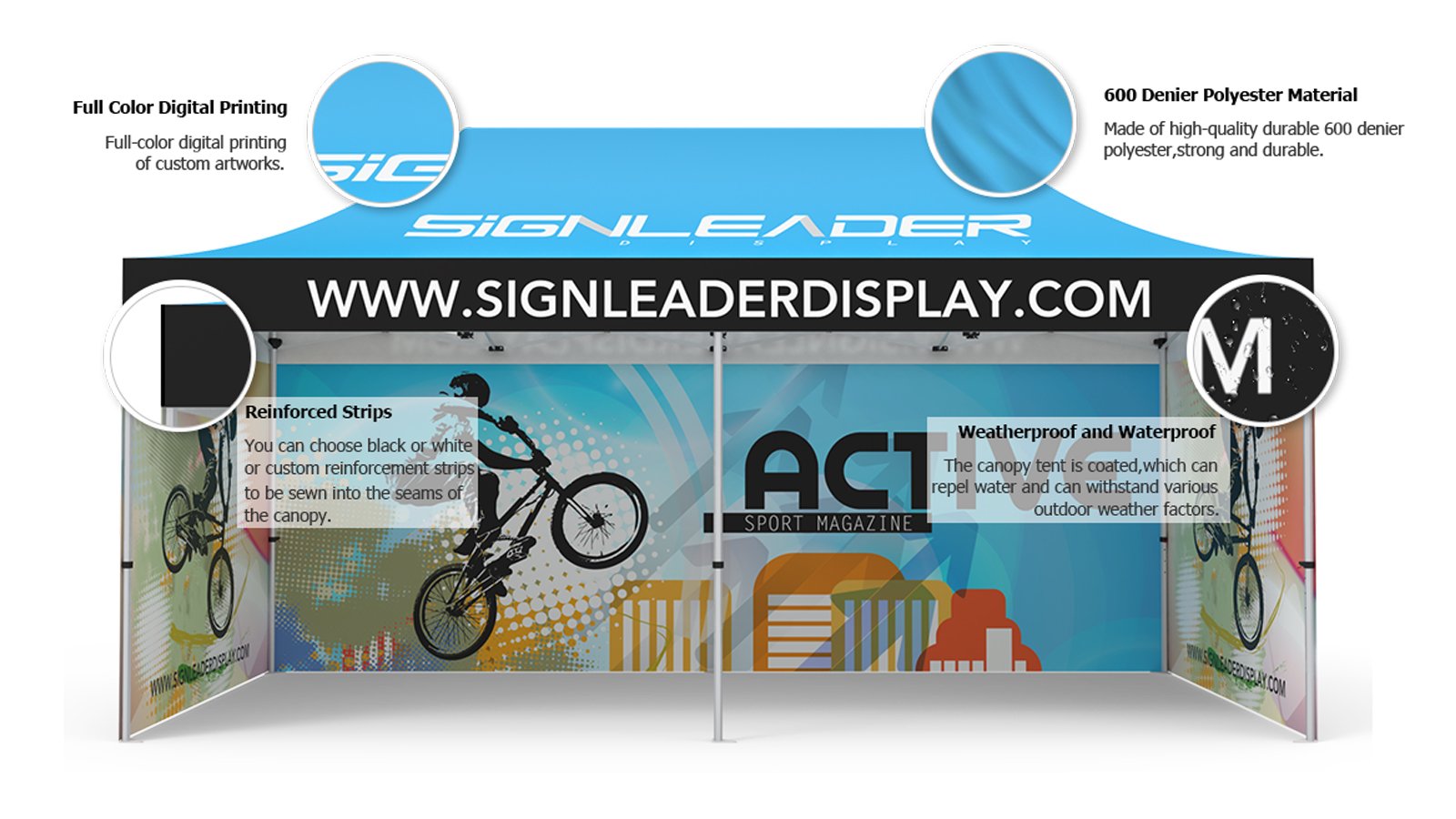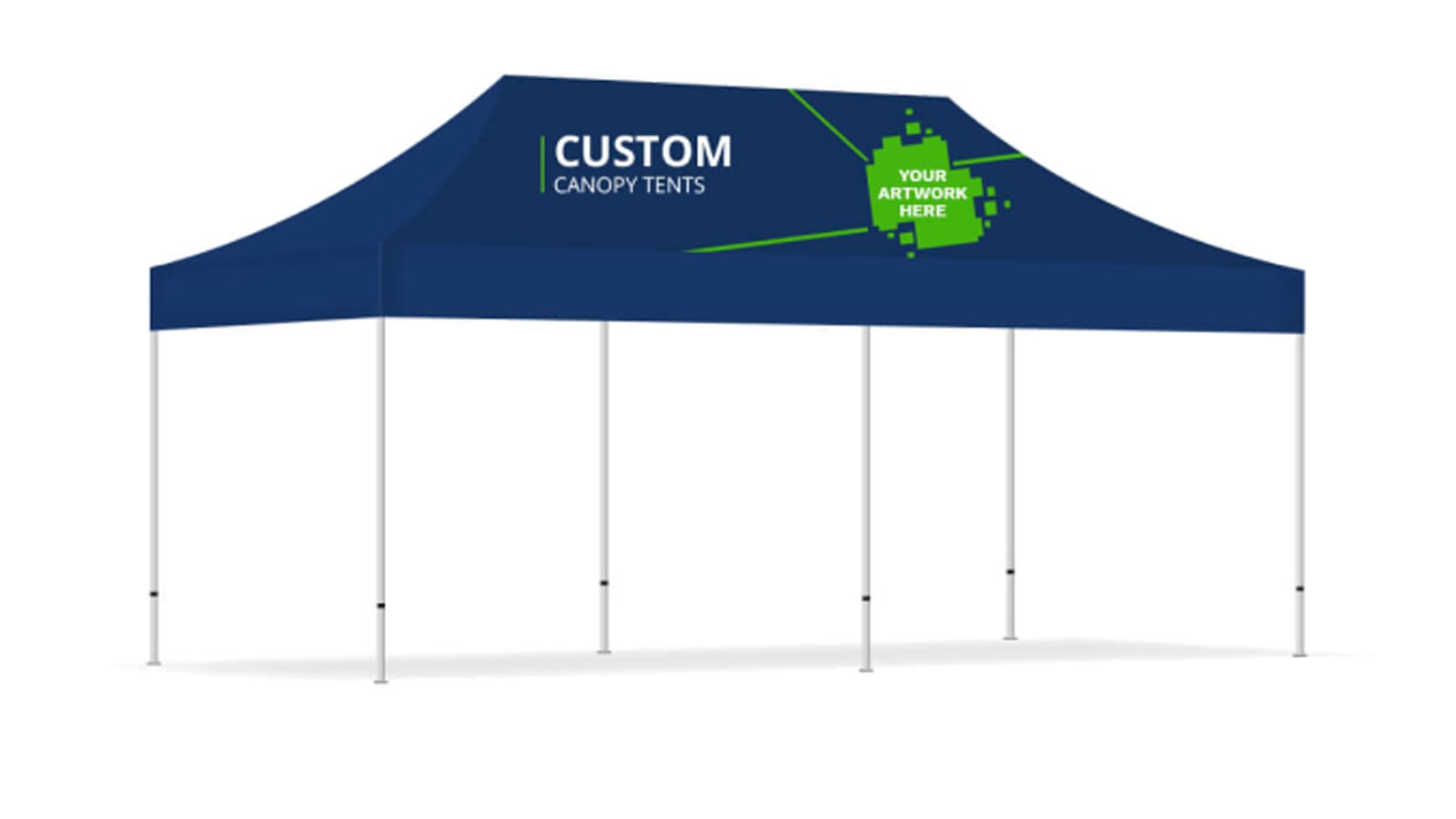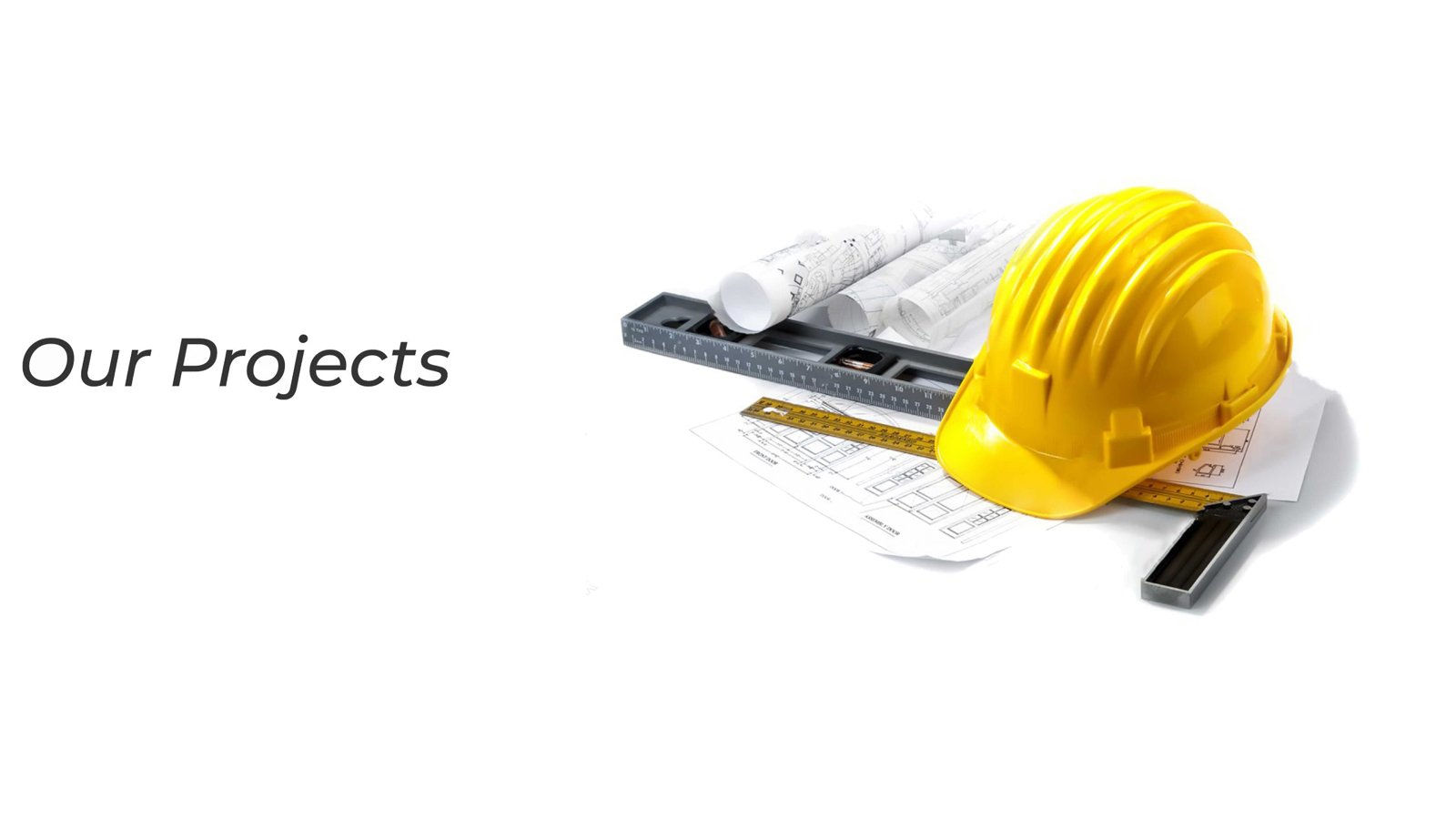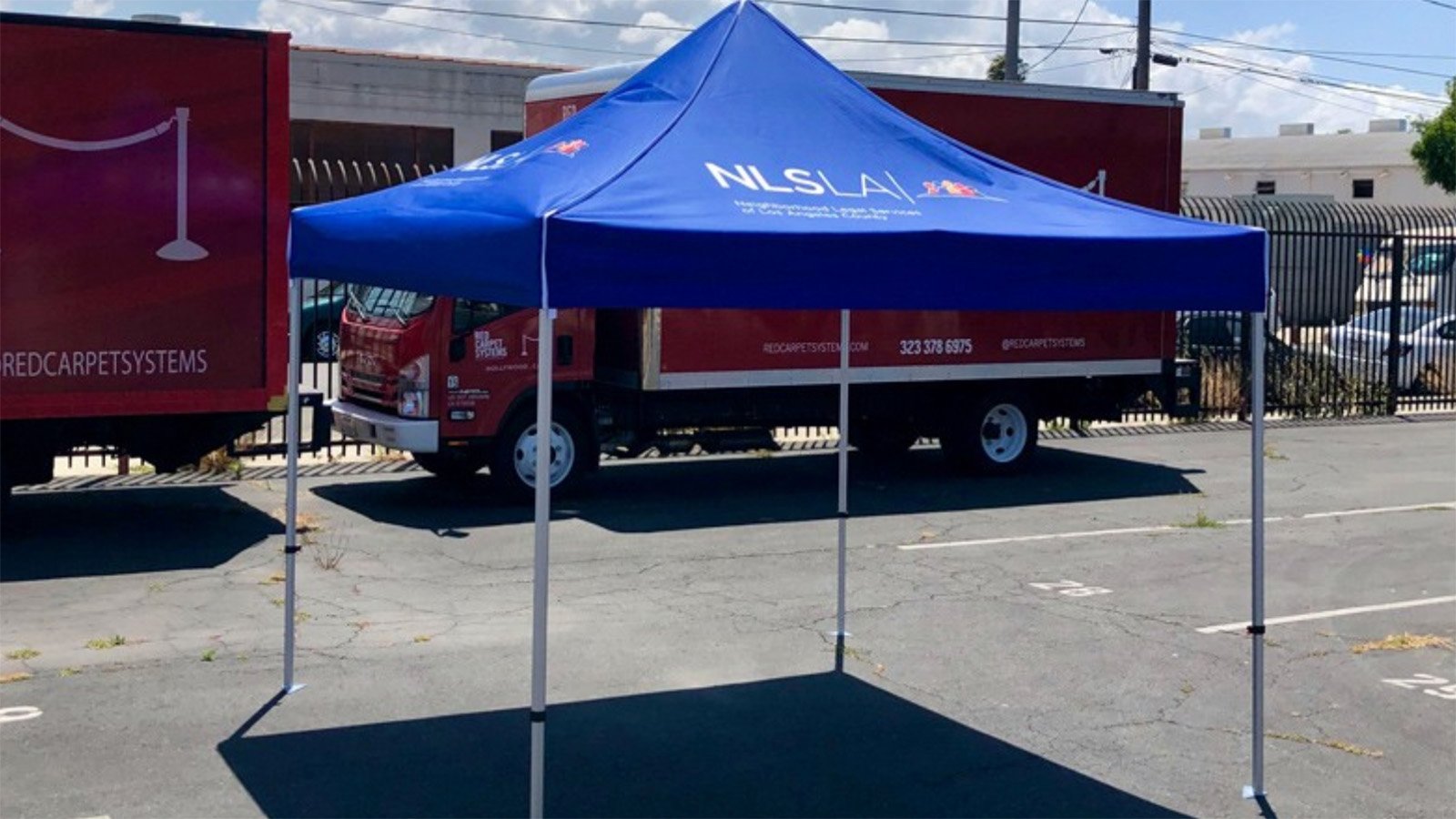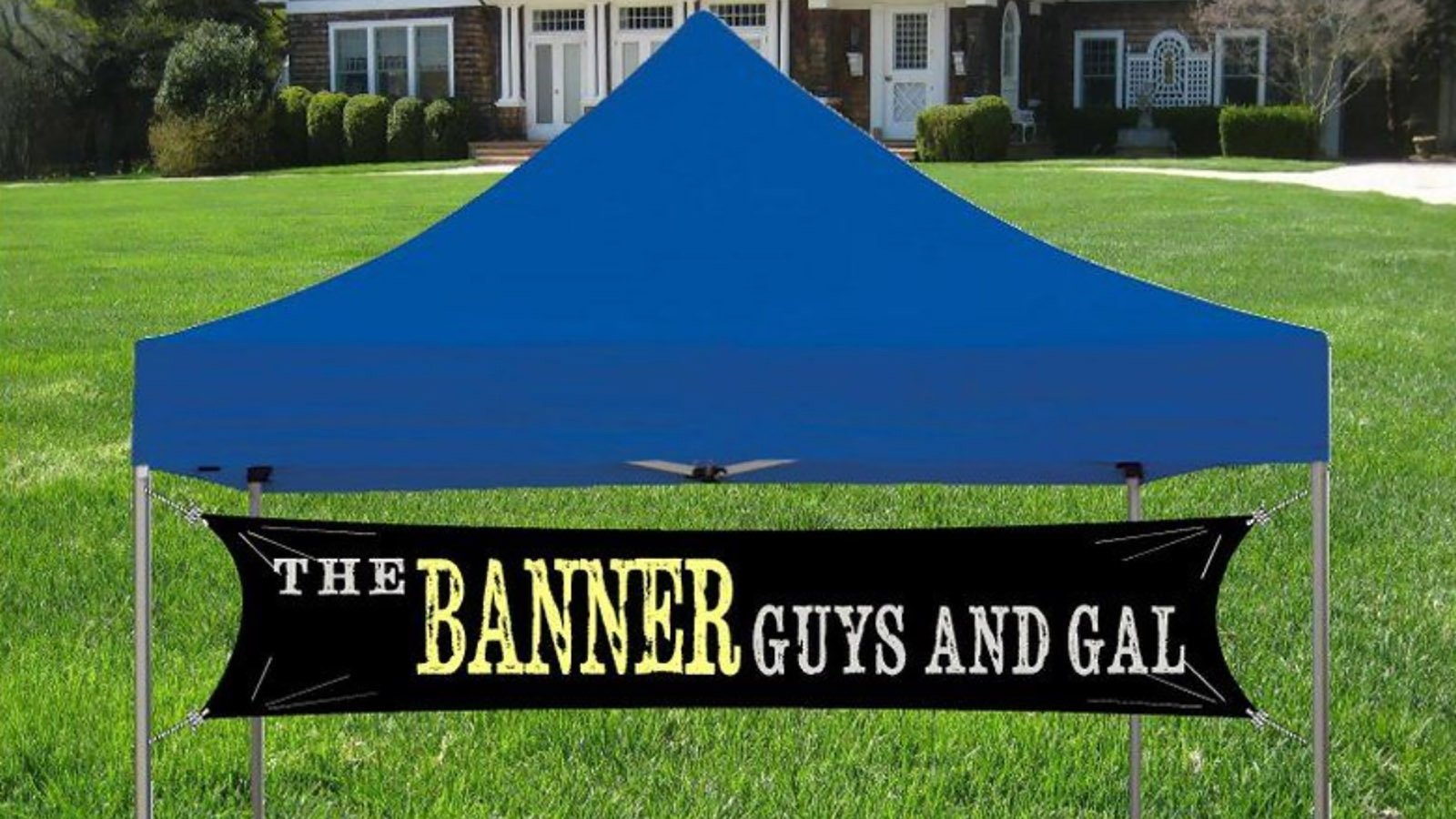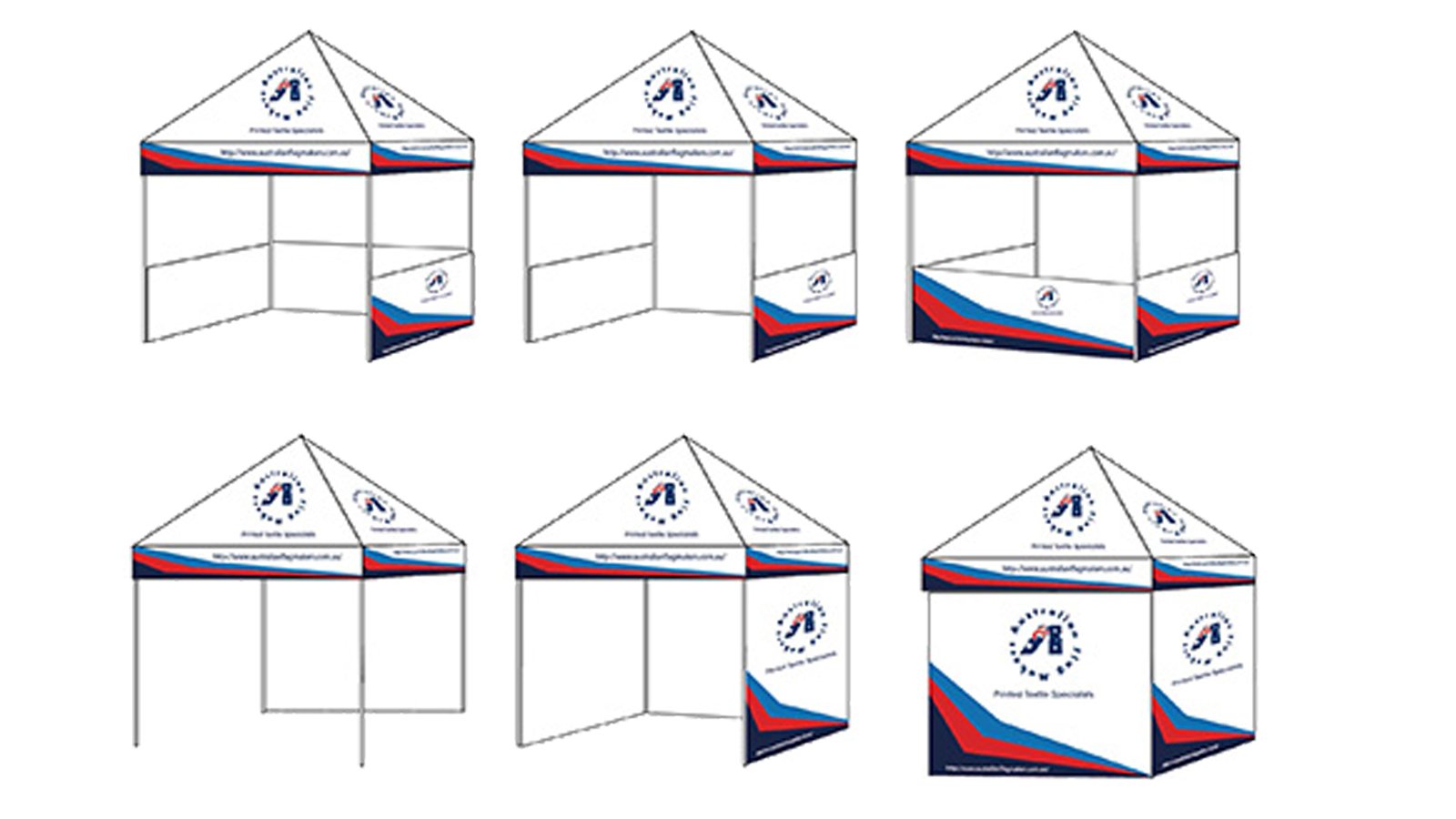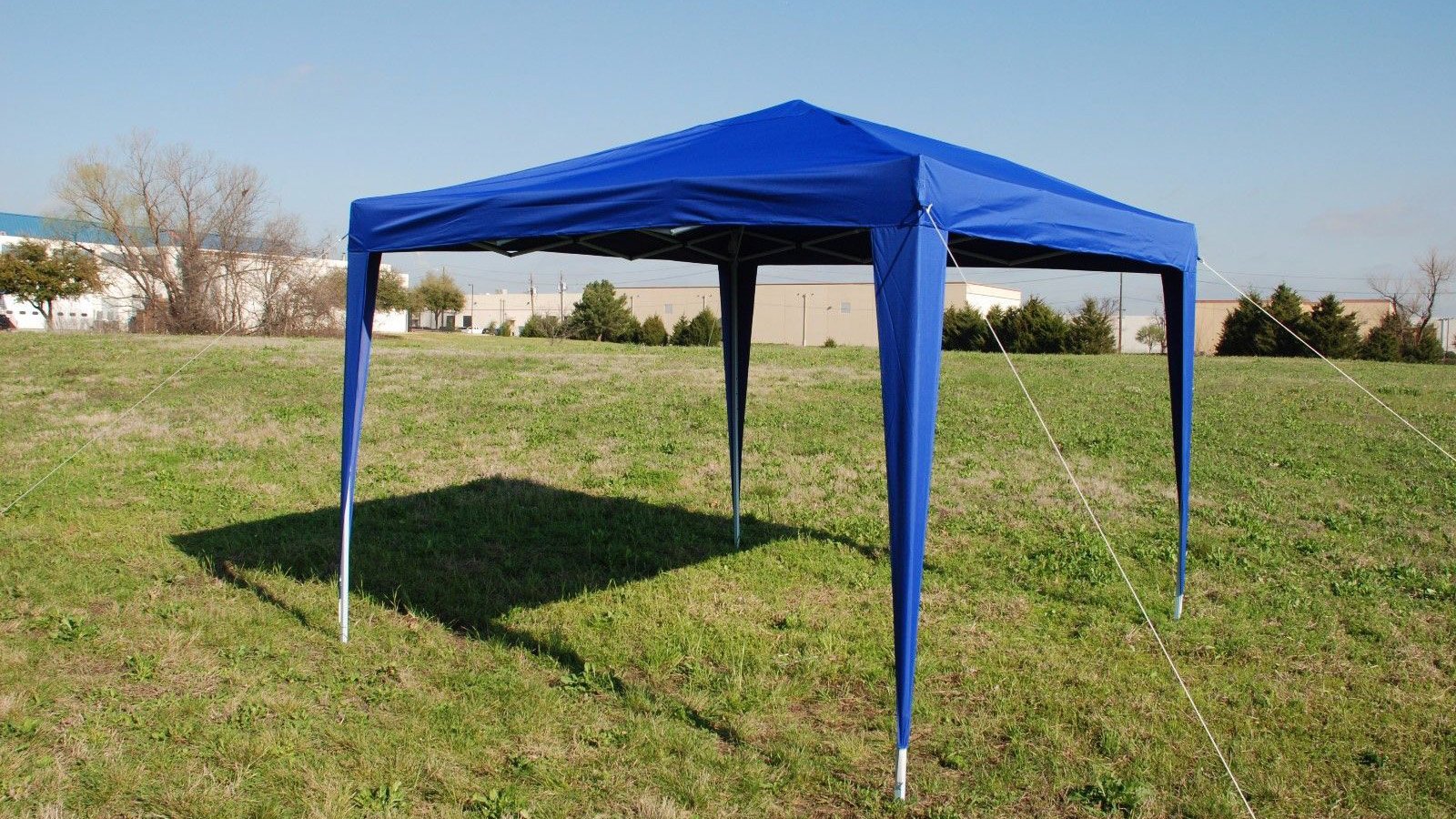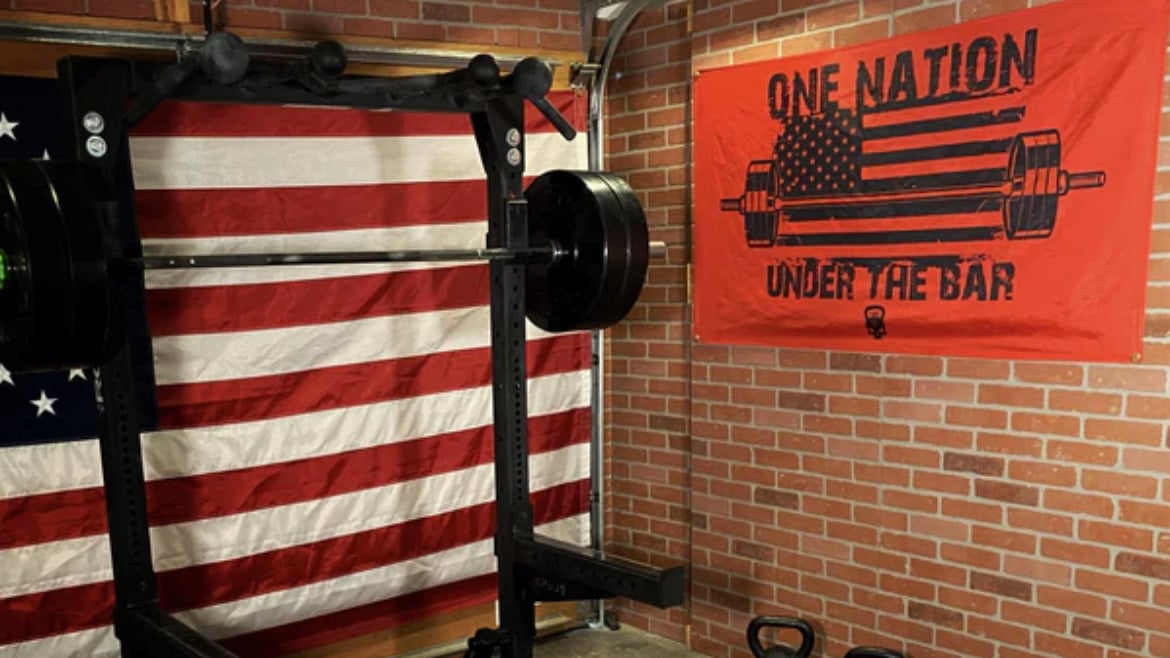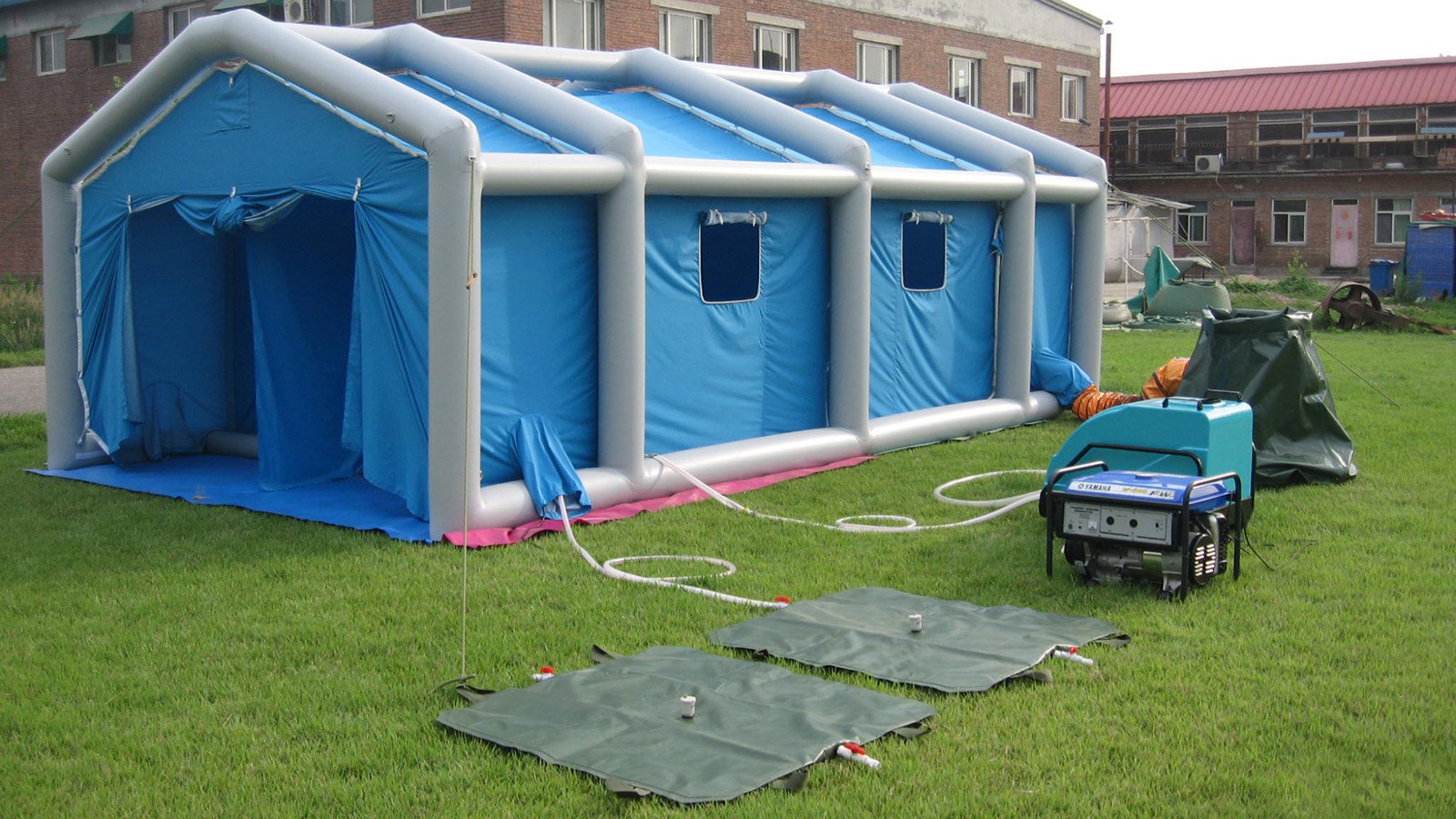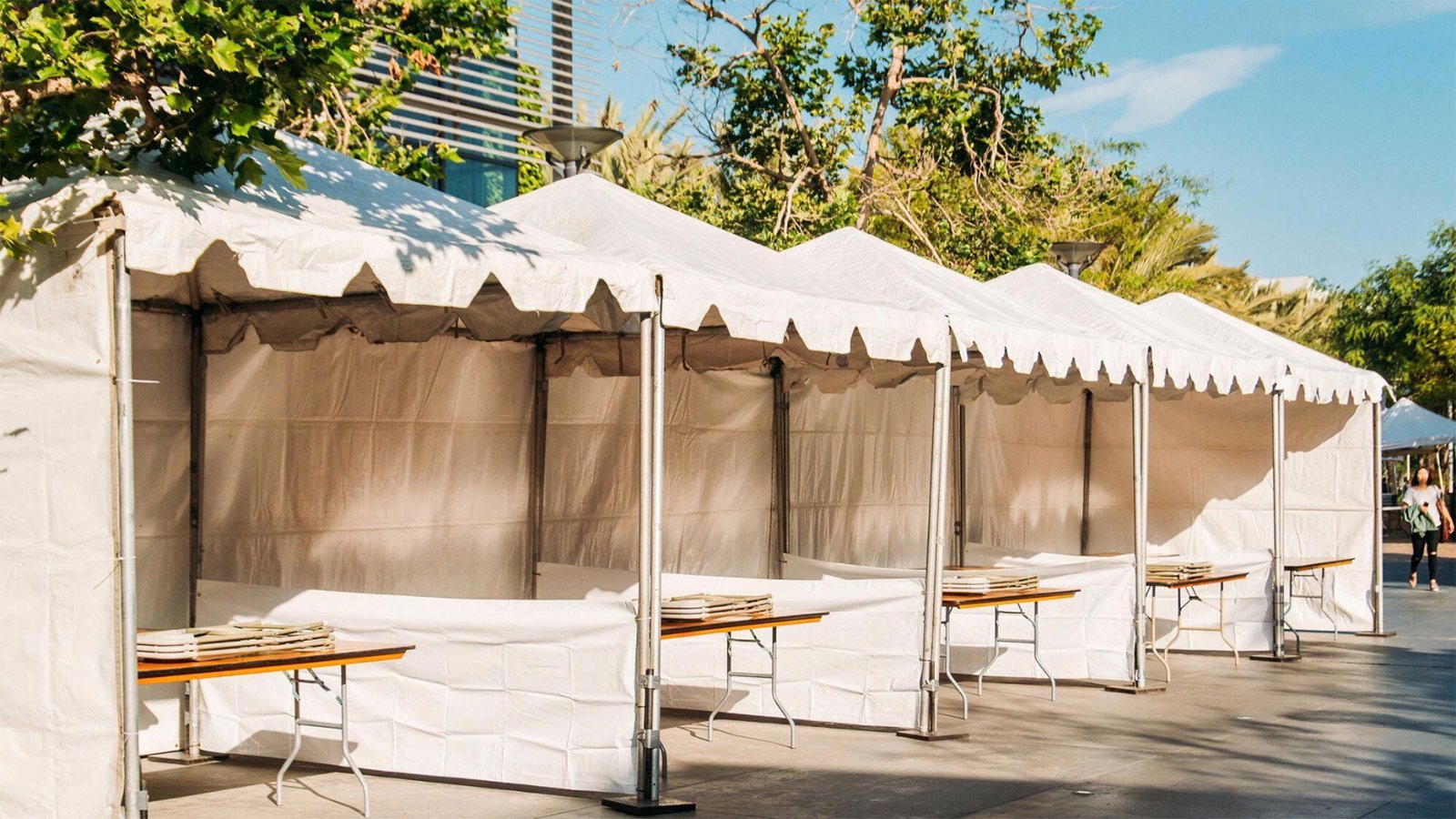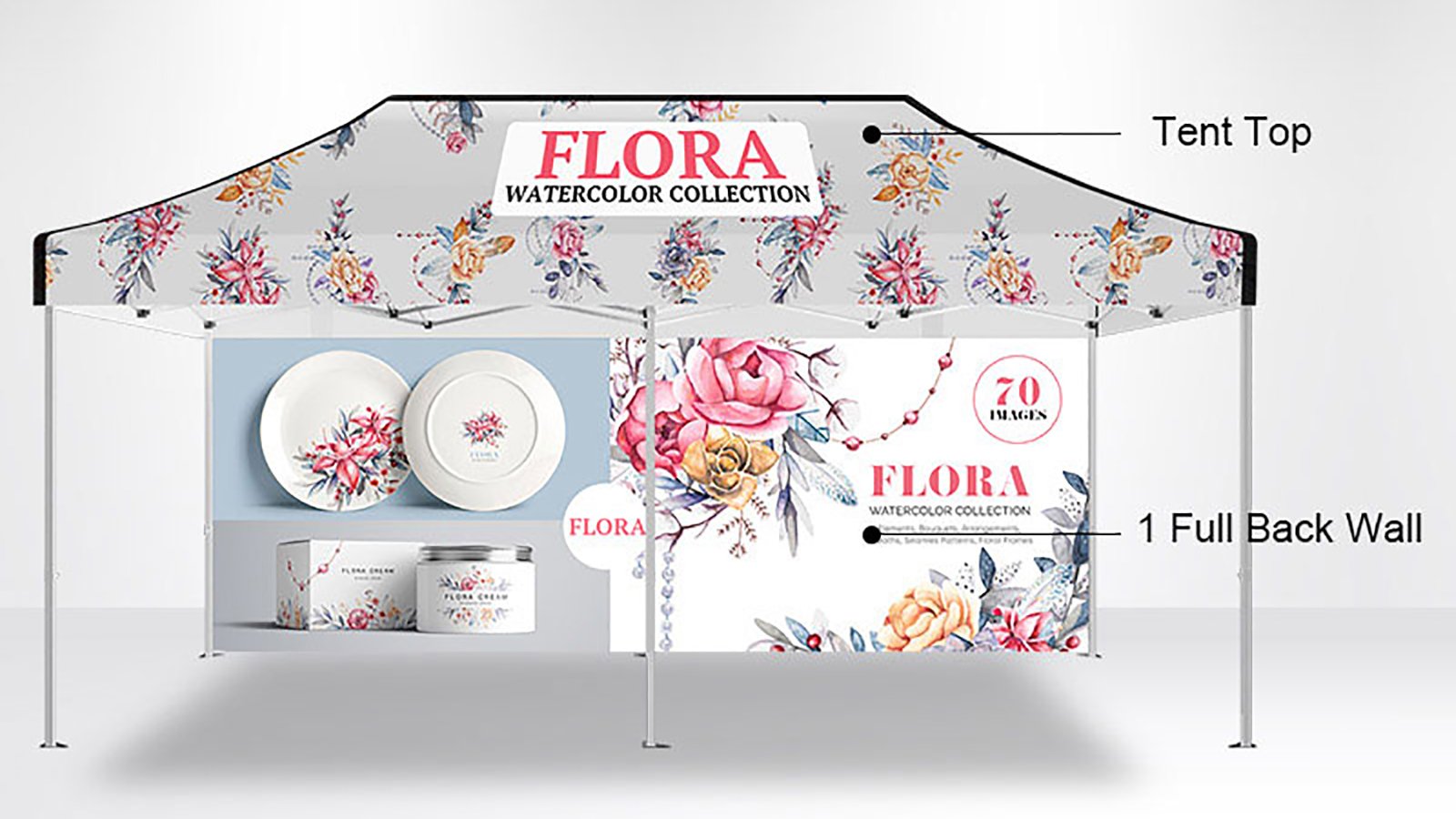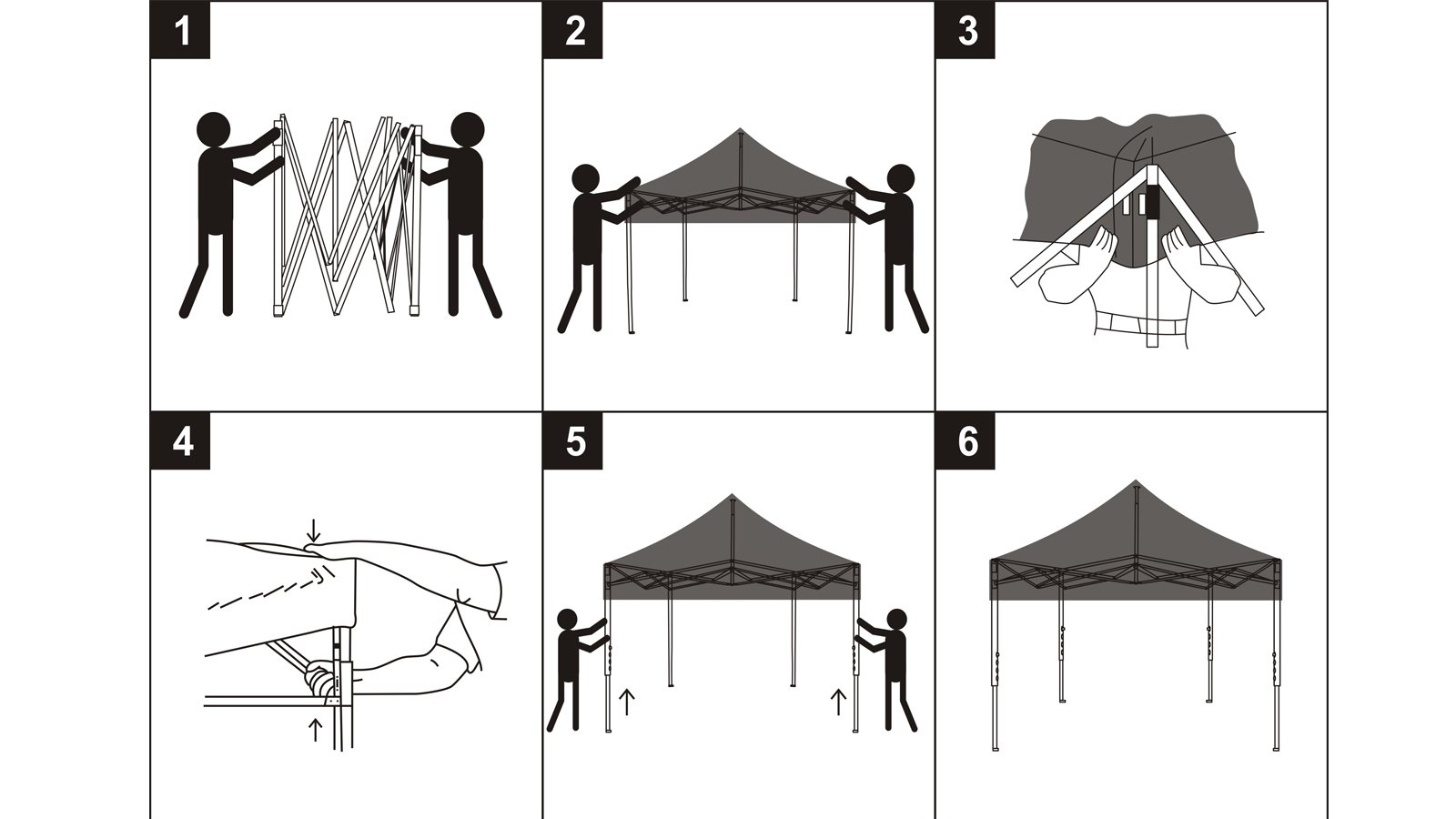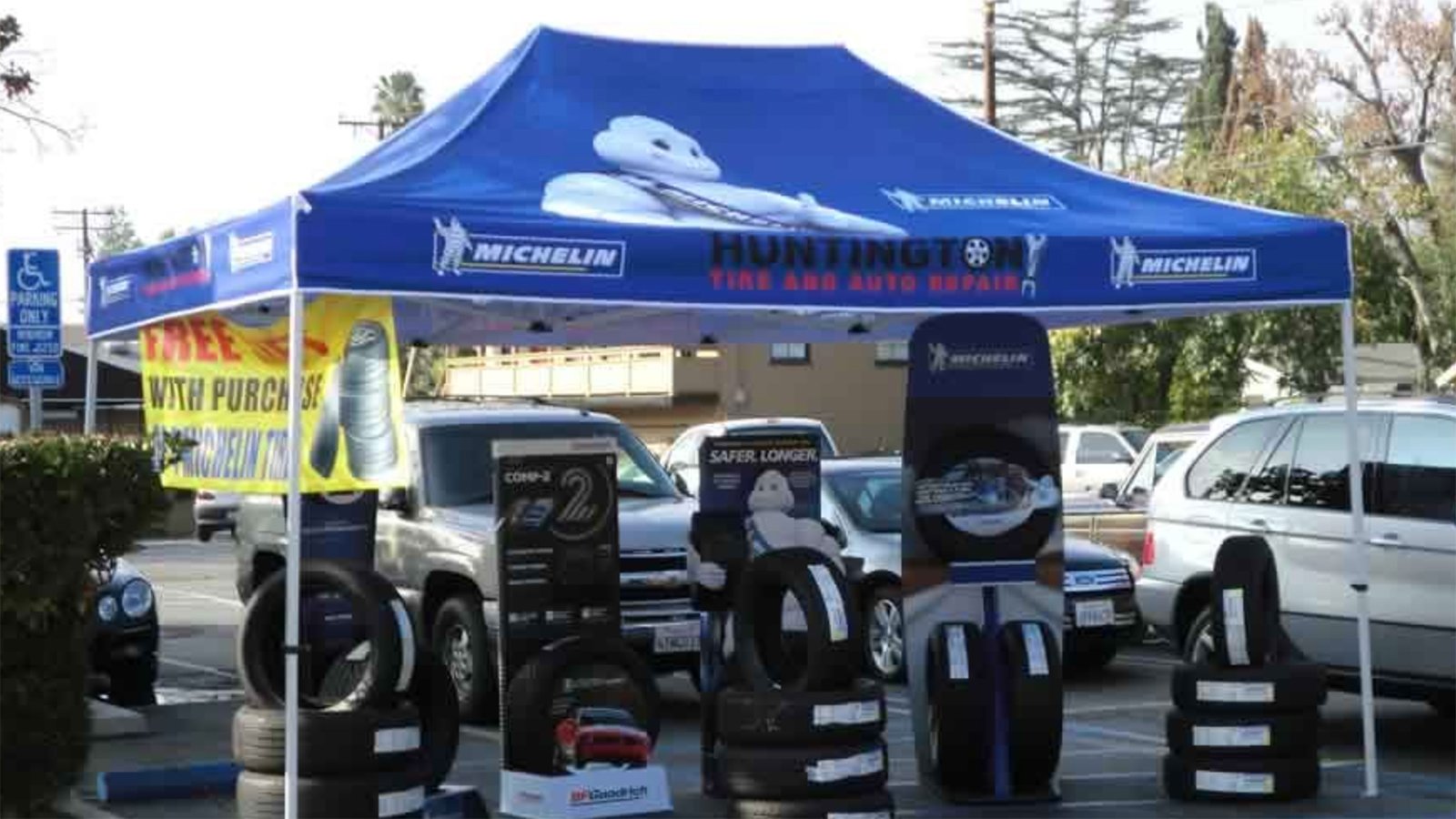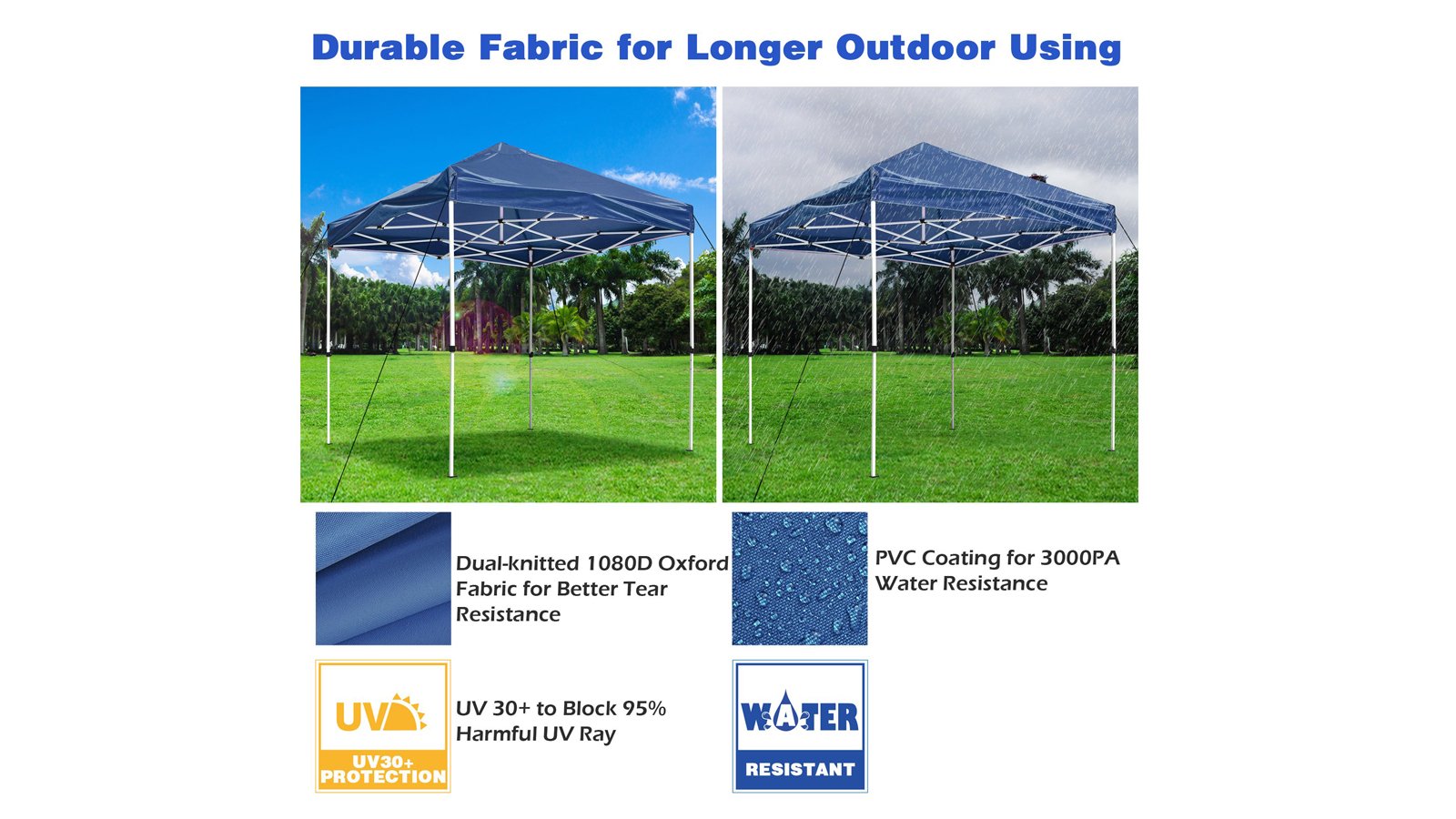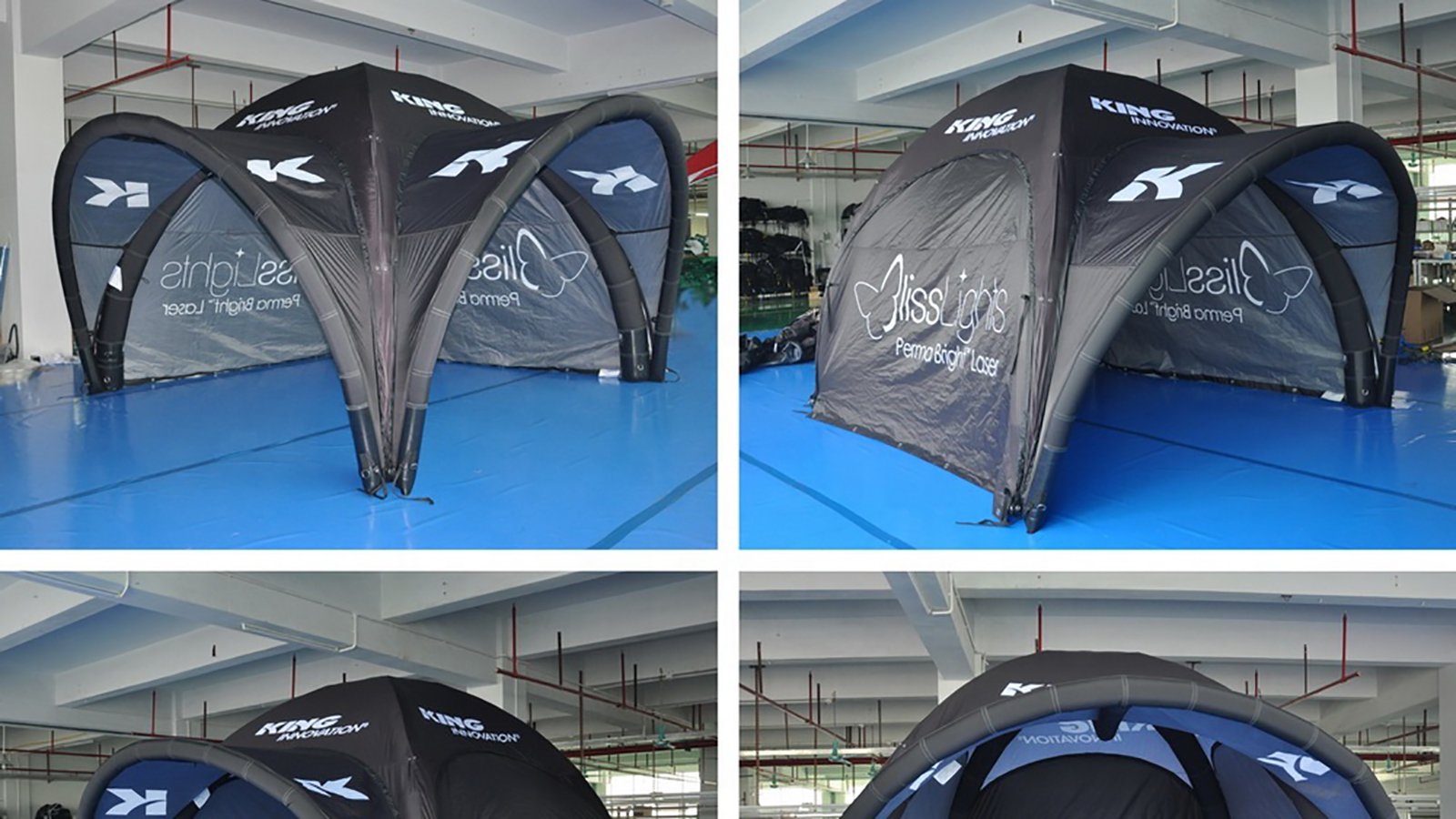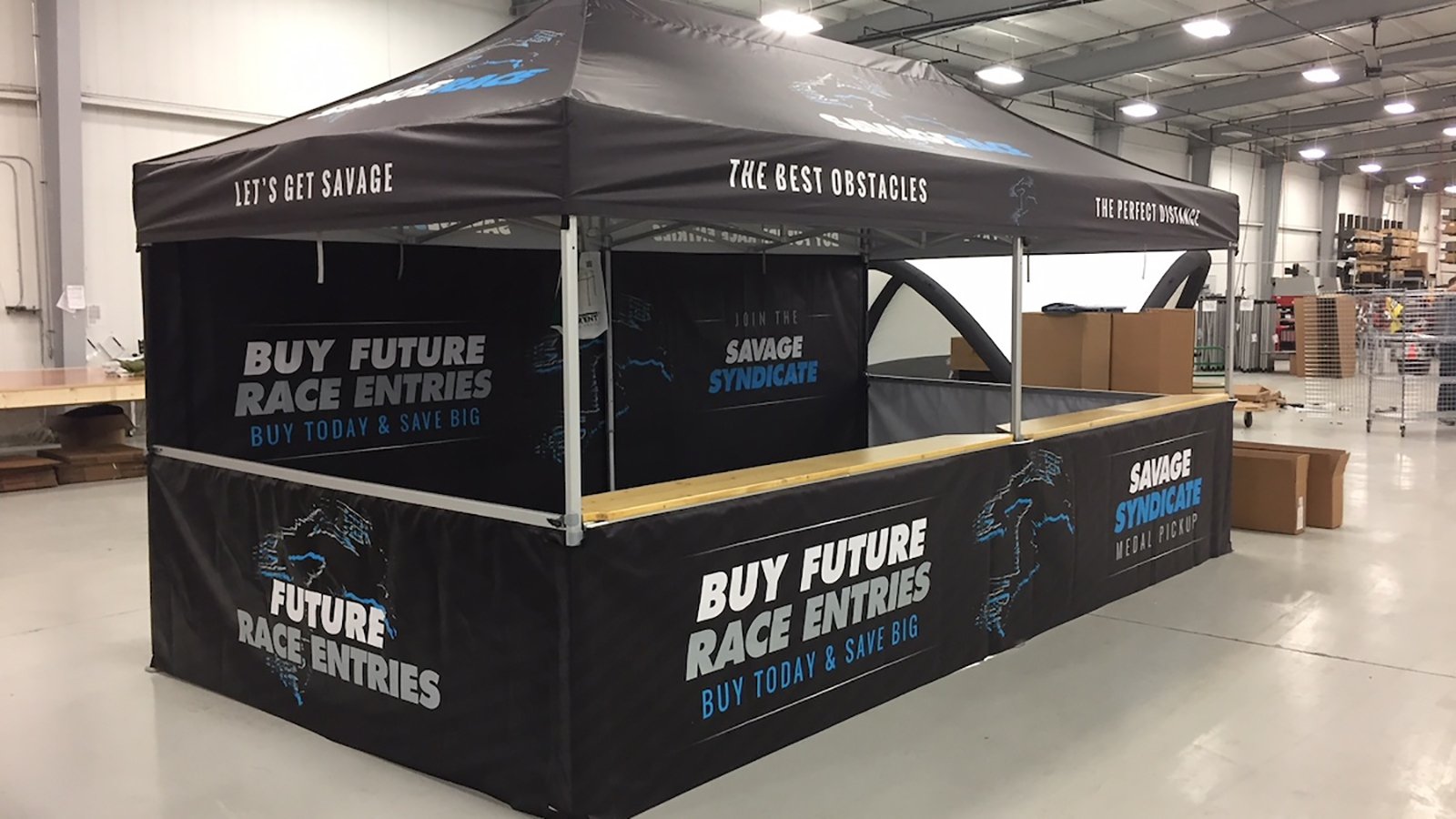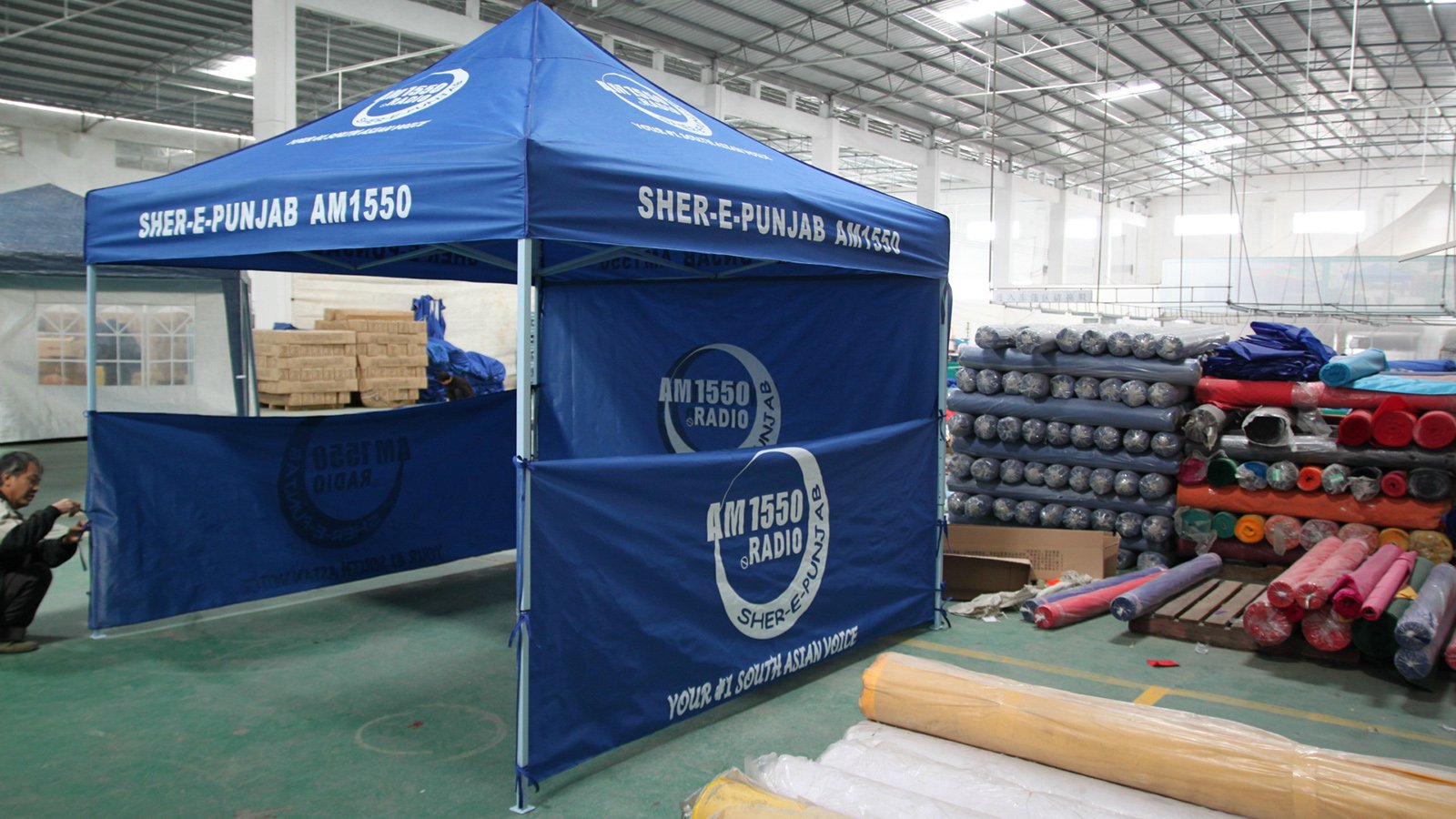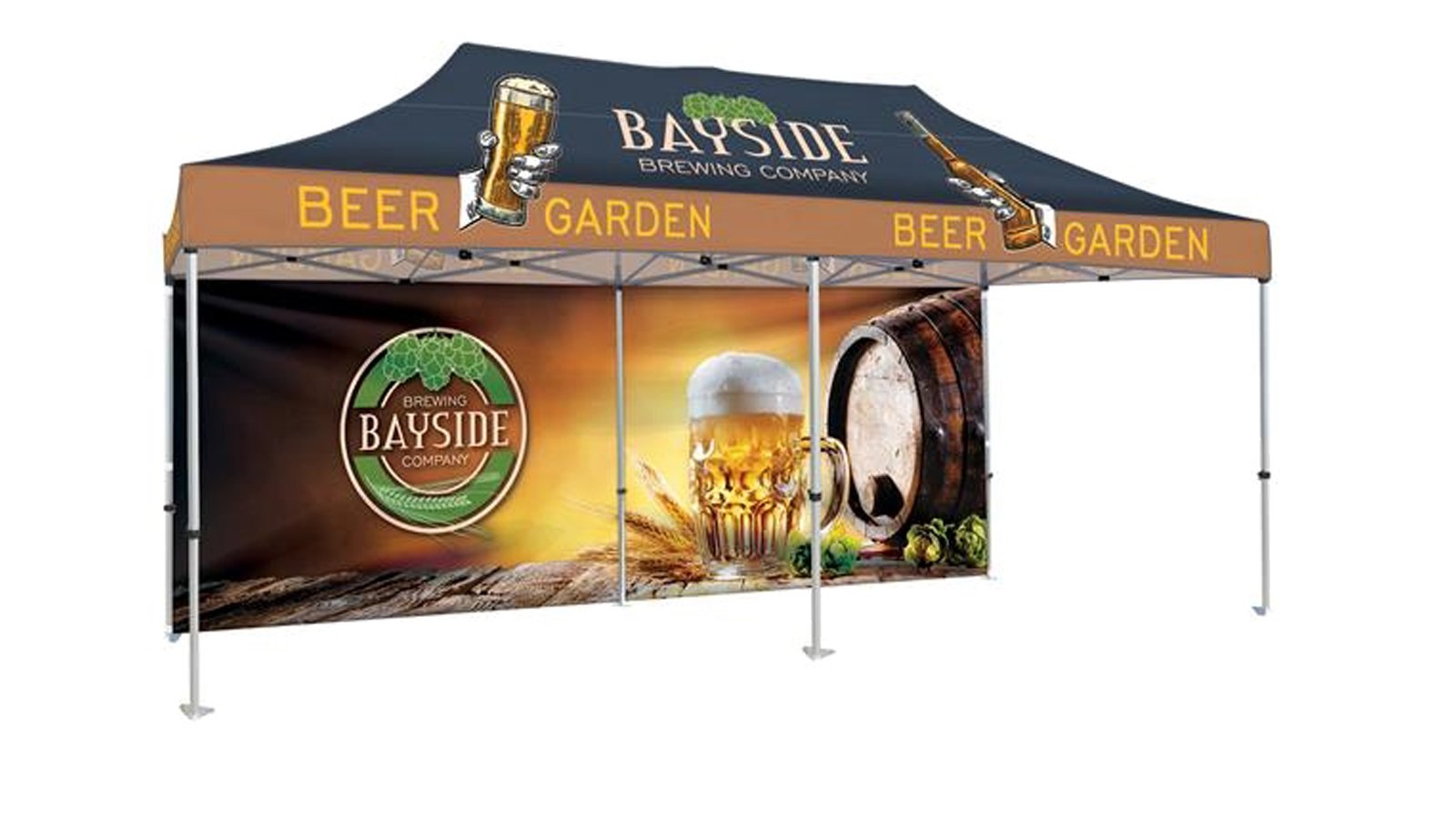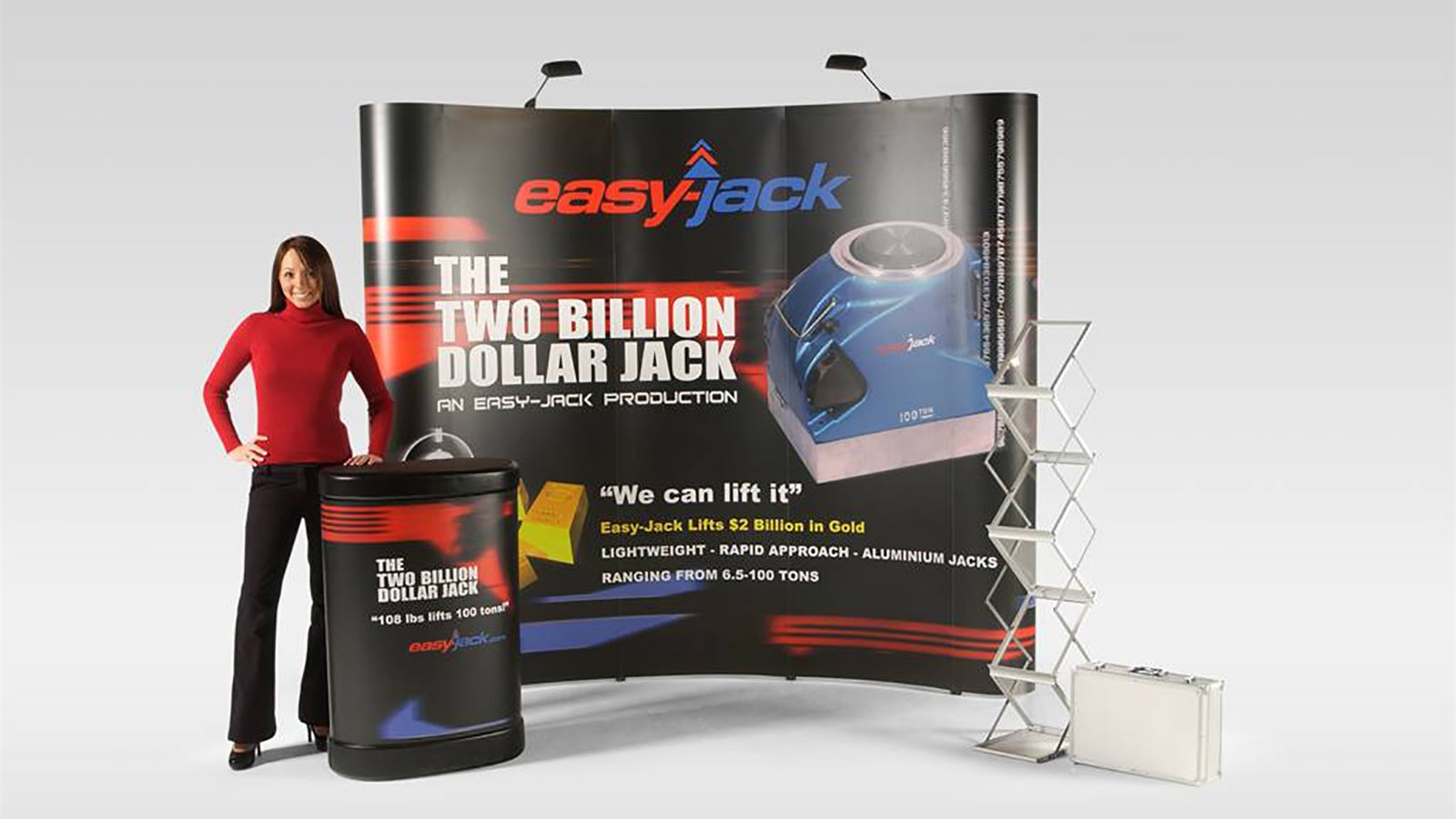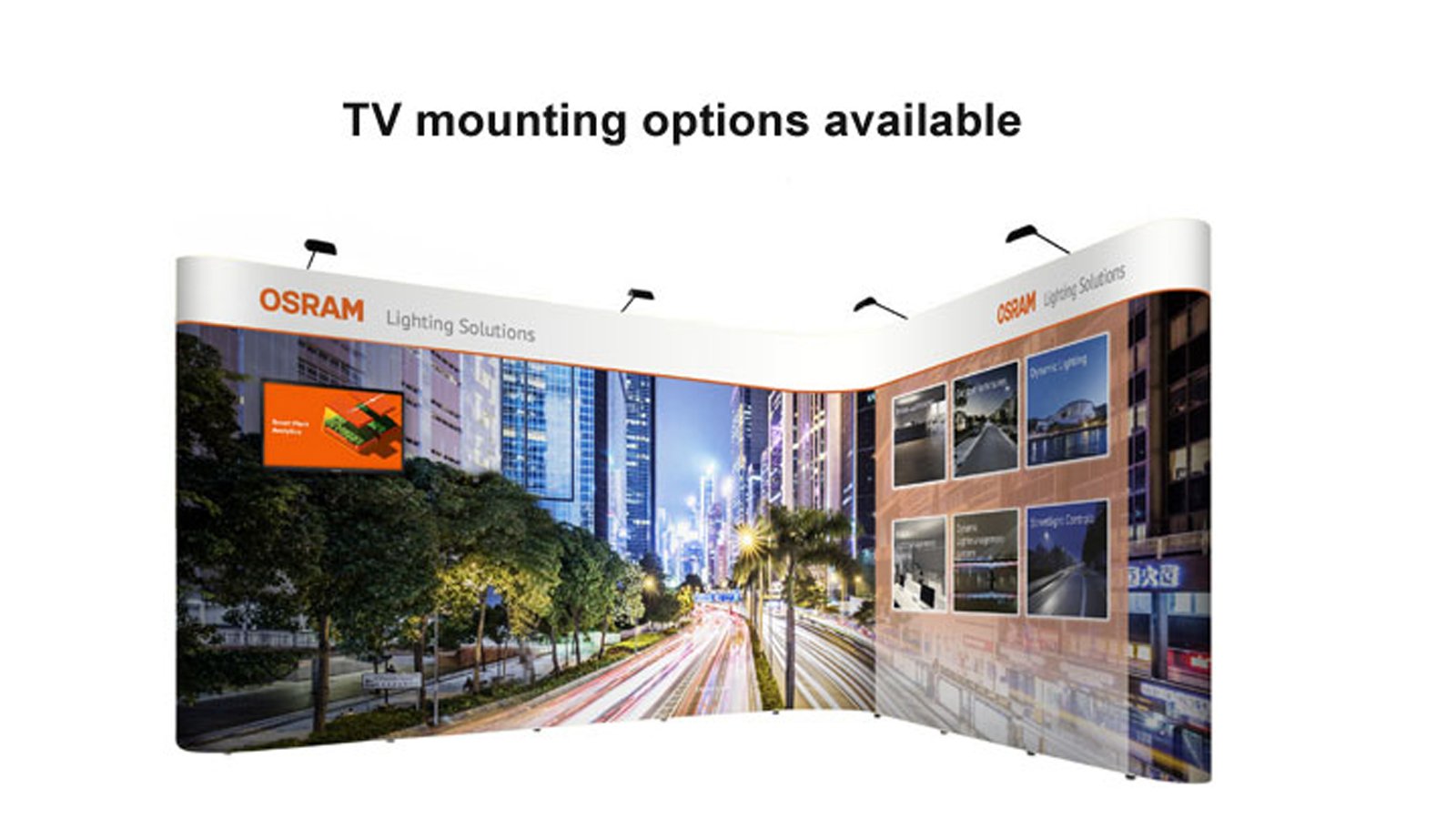What is an A Frame Pop Up Tent?
An a frame pop up tent is a portable and versatile shelter that is easy to set up and take down. It gets its name from its shape, which resembles the letter "A" when fully assembled. These tents are typically made from lightweight materials such as polyester or nylon and are supported by a sturdy frame made of aluminum or fiberglass poles.
Benefits of A Frame Pop Up Tents
A frame pop up tents offer several advantages that make them a popular choice for outdoor enthusiasts. Here are some of the key benefits:
1. Easy and Quick Setup
One of the main advantages of A frame pop up tents is their ease of setup. Unlike traditional tents that require extensive assembly, these tents can be set up in a matter of minutes. This makes them ideal for camping trips where time is of the essence.
2. Portability
A frame pop up tents are designed to be lightweight and compact, making them easy to transport. They typically come with a convenient carrying bag that allows you to pack them up and take them anywhere, whether it's a camping trip, a music festival, or a backyard gathering.
3. Versatility
These tents are highly versatile and can be used for a variety of outdoor activities. They are suitable for camping, hiking, picnics, beach trips, and more. Some models even come with additional features such as detachable rainflys, mesh windows for ventilation, and built-in storage pockets.
4. Durability
A frame pop up tents are built to withstand the elements. They are made from high-quality materials that are resistant to water, UV rays, and tear. The sturdy frame provides stability and ensures that the tent stays upright even in windy conditions.
How to Choose the Right A Frame Pop Up Tent
When shopping for an A frame pop up tent, there are several factors to consider:
1. Size
Determine how many people will be using the tent and choose a size accordingly. A tent that is too small will be uncomfortable, while a tent that is too large may be difficult to set up and transport.
2. Weight
If you plan on backpacking or hiking with your tent, opt for a lightweight model that won't weigh you down. However, if you're mainly using the tent for car camping, a slightly heavier tent may not be an issue.
3. Weather Resistance
Consider the weather conditions you will likely encounter and choose a tent with appropriate features. Look for tents with waterproof coatings, reinforced seams, and good ventilation to ensure comfort and protection from the elements.
4. Price
Set a budget and look for a tent that offers the best value for your money. Keep in mind that more expensive tents often come with additional features and higher quality materials.
Tips for Setting Up and Taking Down an A Frame Pop Up Tent
Here are some helpful tips to ensure a smooth setup and takedown process:
1. Read the Instructions
Before attempting to set up your tent, take the time to read the manufacturer's instructions carefully. Familiarize yourself with the different parts and steps involved in the setup process.
2. Practice at Home
If you've never set up your tent before, it's a good idea to practice in your backyard or living room before your camping trip. This will help you become familiar with the process and identify any potential challenges.
3. Choose a Suitable Location
Pick a flat and level area to set up your tent. Clear the ground of any rocks, sticks, or debris that could puncture the tent floor. It's also a good idea to consider the direction of the wind and position the tent accordingly.
4. Secure the Tent Properly
Make sure to stake down the corners of the tent and tighten the guy lines to ensure stability. This will prevent the tent from collapsing or getting blown away in windy conditions.
Caring for Your A Frame Pop Up Tent
To prolong the lifespan of your A frame pop up tent, follow these maintenance tips:
1. Clean and Dry
After each use, clean the tent using mild soap and water. Rinse thoroughly and allow it to air dry completely before storing. This will prevent mold and mildew growth and keep the tent in good condition.
2. Store Properly
When not in use, store your tent in a cool, dry place. Avoid storing it in direct sunlight or damp areas, as this can damage the fabric and degrade the tent's performance.
3. Repair as Needed
If you notice any tears, holes, or damaged poles, repair them promptly. Most tents come with repair kits that include patches and adhesive for quick fixes.
4. Avoid Sharp Objects
Avoid placing your tent on rough or sharp surfaces that could puncture the floor. Use a groundsheet or footprint to provide an extra layer of protection.


